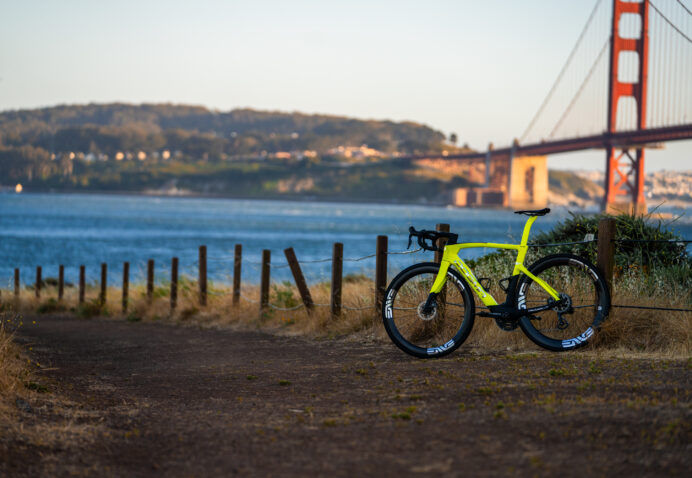A great deal of what I write is steeped in nostalgia—fueled by formative experiences that wormed their way into my subconscious long before I was capable of recognizing their significance. The concept of a Spanish training camp is no exception. Even as a child, I had no idea that one day I would willingly embark on an annual pilgrimage to a place with climate conditions indistinguishable, ironically, from Northern California. (Read: capricious meteorological whims that will see you in short sleeves one day and cowering in full thermals the next.) But let me assure you—this pilgrimage transcends mere tradition. It is ritual, reprieve, and recalibration. It’s what reclaims balance after endless hours tethered to a screen, what restores clarity when the edges of life blur, and what reminds me that happiness, earned through effort, is still the finest currency we have.
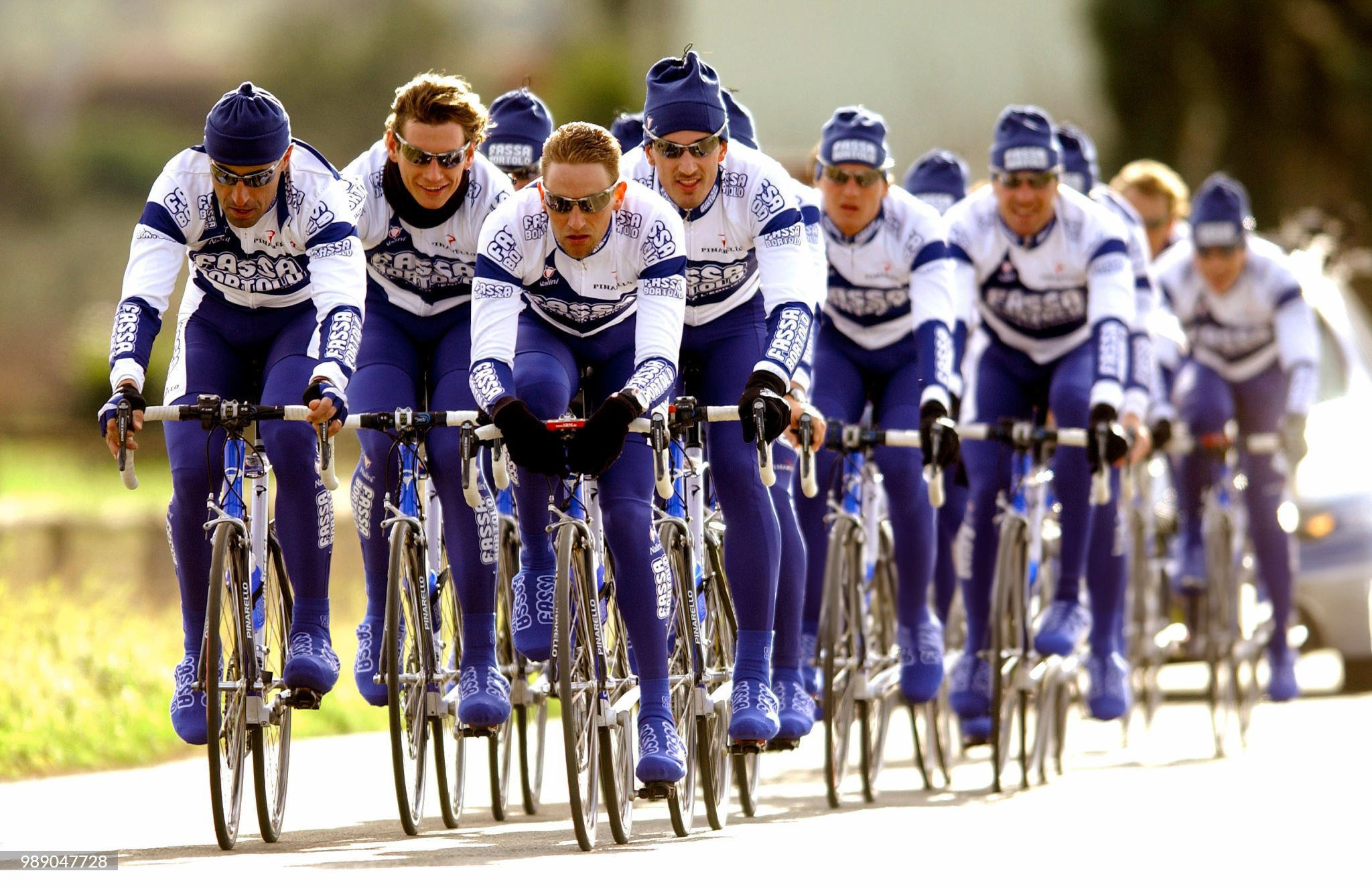
My earliest recollection of Mallorca exists as a montage of the fabled Illes Balears team riding through the palm-lined streets of Pollença—a mesmerizing, asymmetrical freight train clad in lycra. Over the years, I would see that same avenue appear again and again in the season’s first team photos, reinforcing its mystique. There was something intoxicating about the cohesive elegance of a well-dressed cycling squad—the meticulous attention to detail, the deliberate composition of colors and logos—yet every rider managed to retain an air of individuality. It was not unlike the world of ski and motocross racing, both of which consumed my early life while having no true interest in road cycling at the time.
Beyond these visual cues, I knew next to nothing about Mallorca—or the broader pantheon of Spanish training destinations that dominate the early season. All I had gleaned from those sun-soaked photos was that it was, presumably, warm—especially when contrasted with the glacial purgatory of Northern Europe I was familiar with from skiing. This assumption turned out to be correct. Fast forward to 2021, and my friend Matt—who, unlike myself, is a seasoned globe-trotter with a borderline compulsive affinity for InGamba cycling vacations—took a trip to Mallorca and returned utterly enamored. A year later, it took him all of five minutes to convince me that a February trip was a prudent course of action.
What I did not expect was for Mallorca to reveal itself as a veritable playground for cyclists. A vast, sprawling island where the northern stretches unfold in rolling farmland and the western coastline erupts into a serrated mountain range, its slopes crisscrossed with immaculate, sinuous ribbons of pavement that demand to be ridden.
It’s both astonishing how popular Calpe has become in just the past ten years since I retired from the World Tour and all our camps were held in Mallorca, and not a surprise at all. The variety of terrain, the generally reliable weather, easy access to a couple airports makes it hard to beat.
Ted King

Mallorca vs. Calpe: A Tale of Two Training Grounds
You may have noticed that this so-called “blog” has expanded to include Calpe. Initially, I set out to distill the deluge of inquiries about Mallorca—how to maximize its potential, what to anticipate, and how to navigate it as an American cyclist. Calpe, however, wasn’t even on my radar until last year. Now, its reputation as the next Girona is impossible to ignore.
Though it lacks the old-world charm of Girona’s city center, Calpe compensates with an overwhelming surplus of world-class riding. The roads are meticulously maintained, the topography is dynamic enough to keep even the most seasoned riders engaged—Tadej Pogačar, for one, has dubbed it his favorite training ground. And the sheer concentration of professional cyclists training here is a testament to its appeal (see: Tadej). If you’re weighing Mallorca against Calpe, the latter deserves serious consideration—particularly if your focus leans toward pure, uninterrupted training rather than the distractions of, well, also fantastic training grounds, just with far more character and the distractions that come along with it.
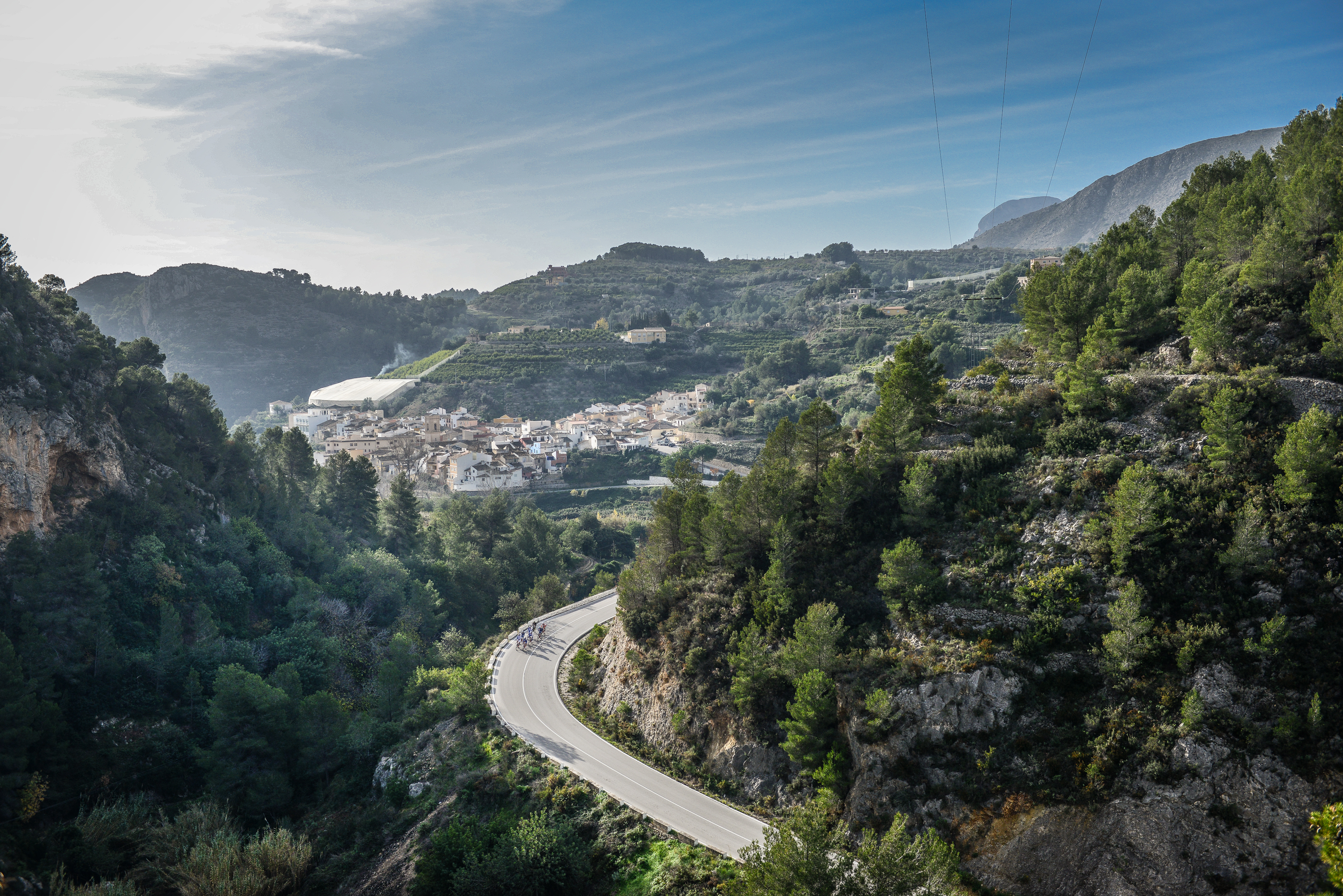
I’ll delve into the finer points in the ride section below, but if there’s anything I haven’t addressed, feel free to reach out. And if your ideal cycling getaway involves nothing more than showing up and turning the pedals while someone else orchestrates every logistical detail, InGamba has now added Calpe to their roster of destinations for 2025 and beyond. They’ll handle everything—leaving you free to ride, recover, and repeat.
If you require further hyperbolic gushing on the virtues of Mallorca (or, indeed, southern Spain in general) as an early-season cycling utopia, there is no shortage of articles penned by writers with prose loftier than my own. Seek them out. But if you are already teetering on the precipice of commitment, allow me to offer my own firsthand insights into both Mallorca and Calpe.
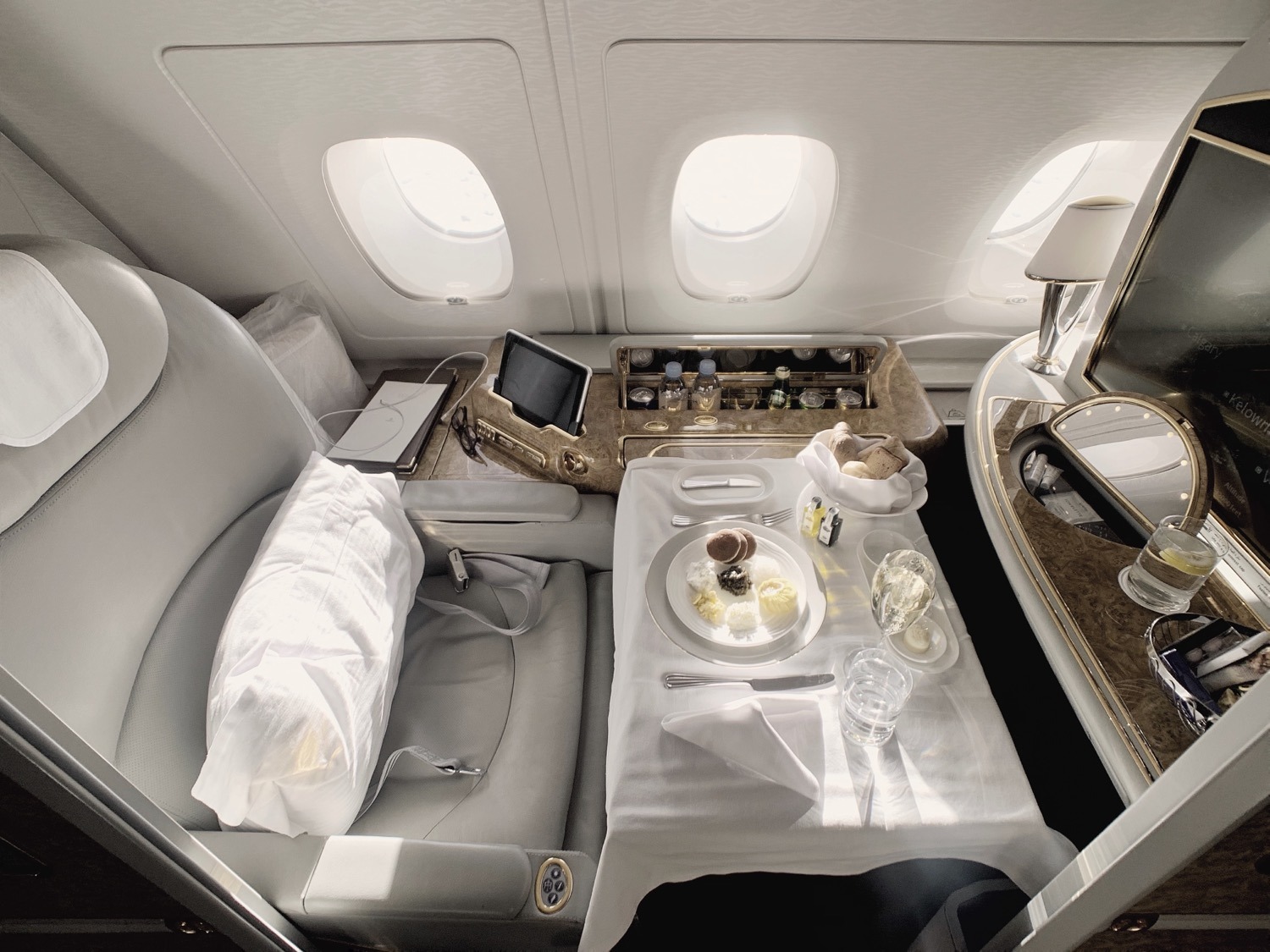
Getting There
Booking Flights & The Business Class Hustle
I have been accused, on more than one occasion, of being a princess. Some attribute this to my refusal to subsist on five-day-old gas station hot dogs like my dear friend Nate King. Others cite my preference for flying business class to Europe. Both accusations, I suppose, hold merit.
The reality is that I am simply unwilling to endure the indignity of being entombed in an economy seat for over ten hours—wedged between a man watching TikToks at full volume and a child with an existential vendetta against the back of my chair, all while enduring what must be someone eating hard-boiled eggs. Whether it is my insufferable restlessness or my mild claustrophobia, I have become an ardent evangelist for the lie-flat seat.
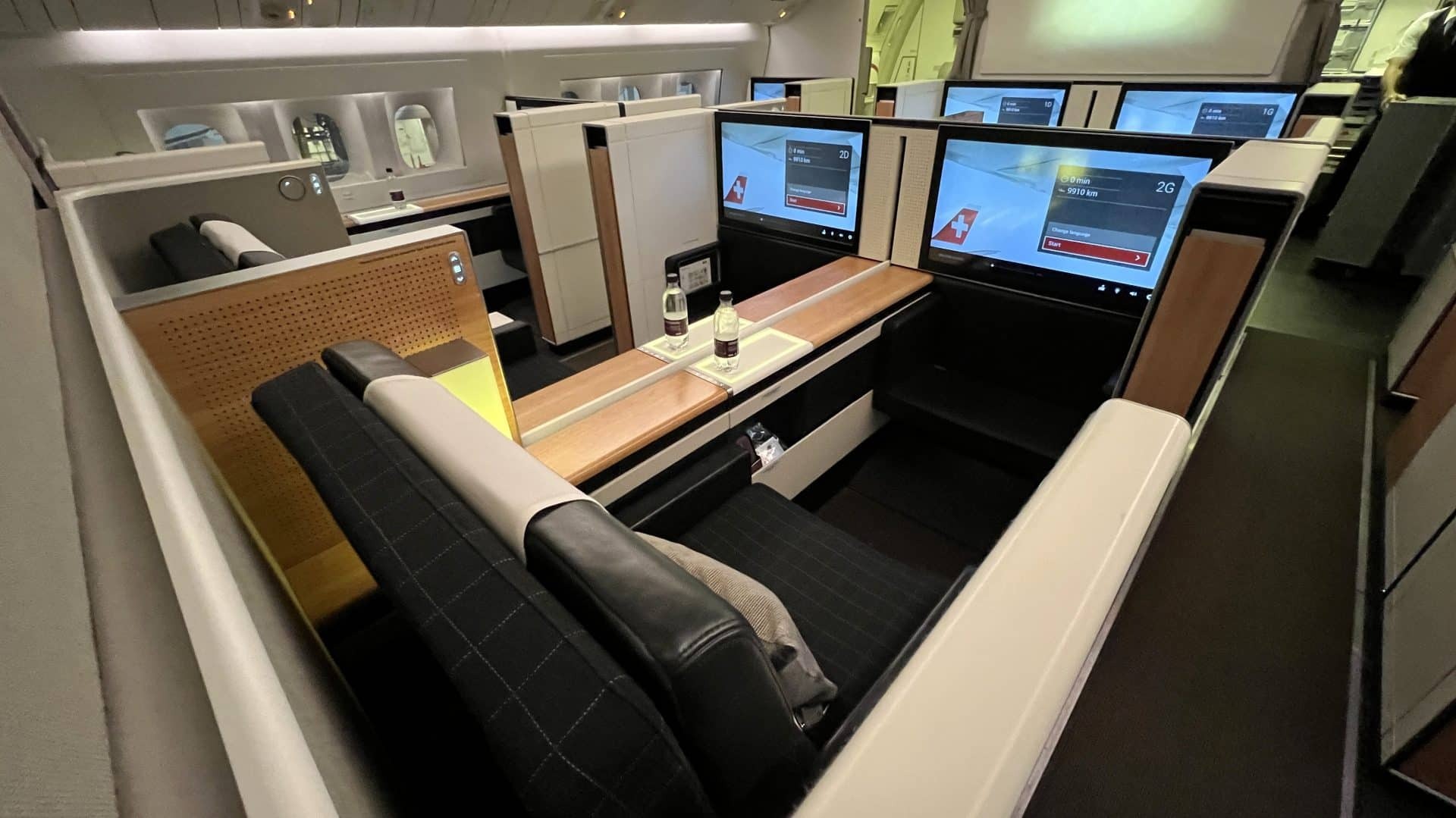
Before you scoff, allow me to clarify: I am not wealthy. Not even remotely. And yet, I manage to cross the Atlantic in business class at least once a year without plunging myself into financial ruin. The secret? Points. The travel-hacking elite have distilled this strategy into an exact science, but for the uninitiated, here is the abridged version, albeit, from a relative amateur:
- Acquire an Amex Platinum Card (or a comparable alternative). Yes, the annual fee is obscene, but if you travel with any frequency, the perks—points accrual, Priority Pass lounge access, complimentary travel insurance—easily justify the cost. Crucially, Amex points transfer seamlessly to airline loyalty programs.
- Outsource the Complicated Part. Sifting through redemption charts in pursuit of the optimal business-class deal is an exercise in masochism. I prefer to outsource this to the professionals at Point.me, who, for a modest fee, will identify the best use of my hard-earned points and handle the booking process for me. For what it’s worth, I have no affiliation with Point.me—I’ve simply found their services invaluable.
With this method, I typically book 3-4 months in advance. My most recent round-trip to Spain cost approximately 80,000 points and $300 in taxes. The only catch? I had to extend my stay by a few days to secure the best deal. What a tragedy.
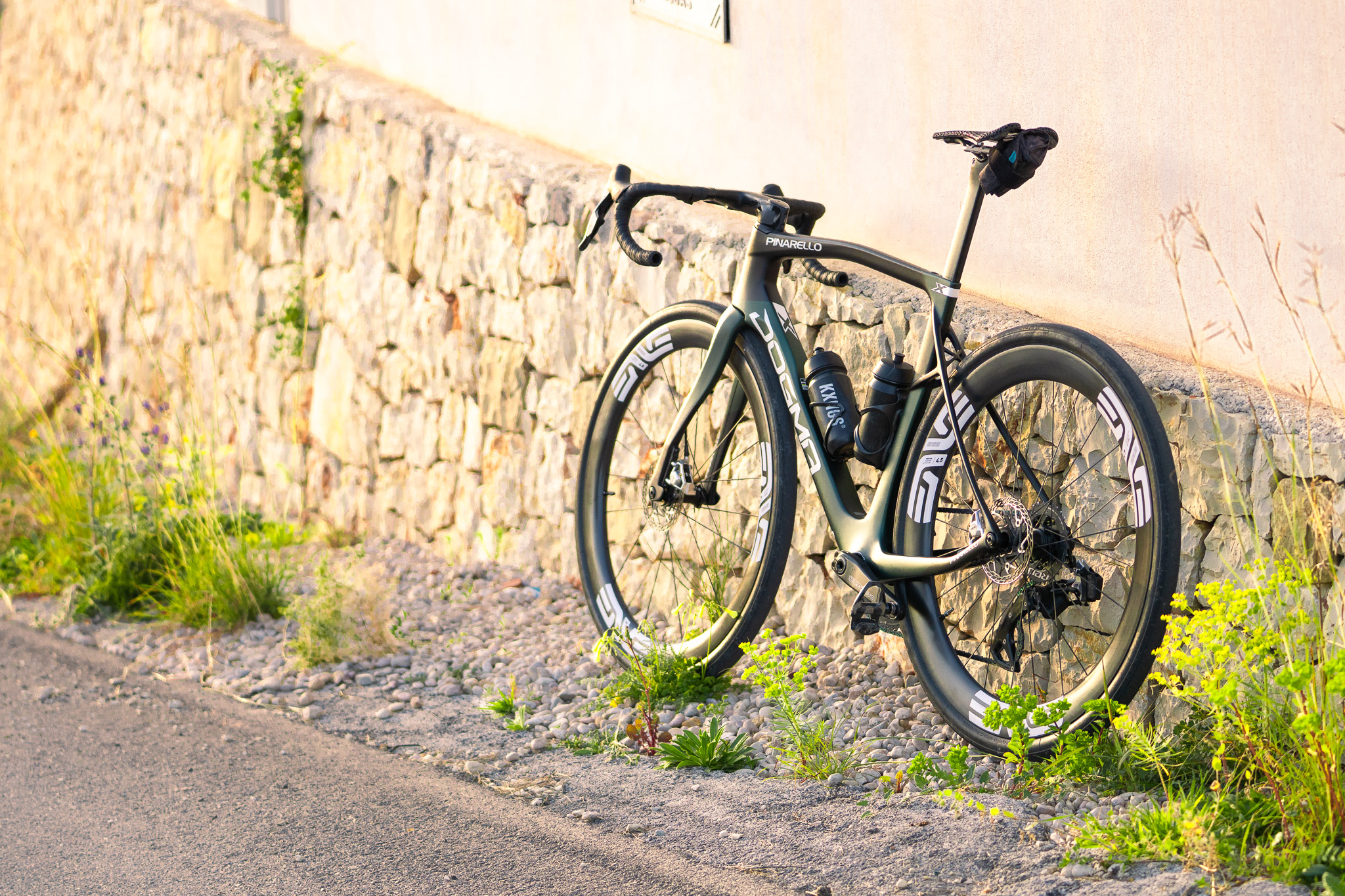
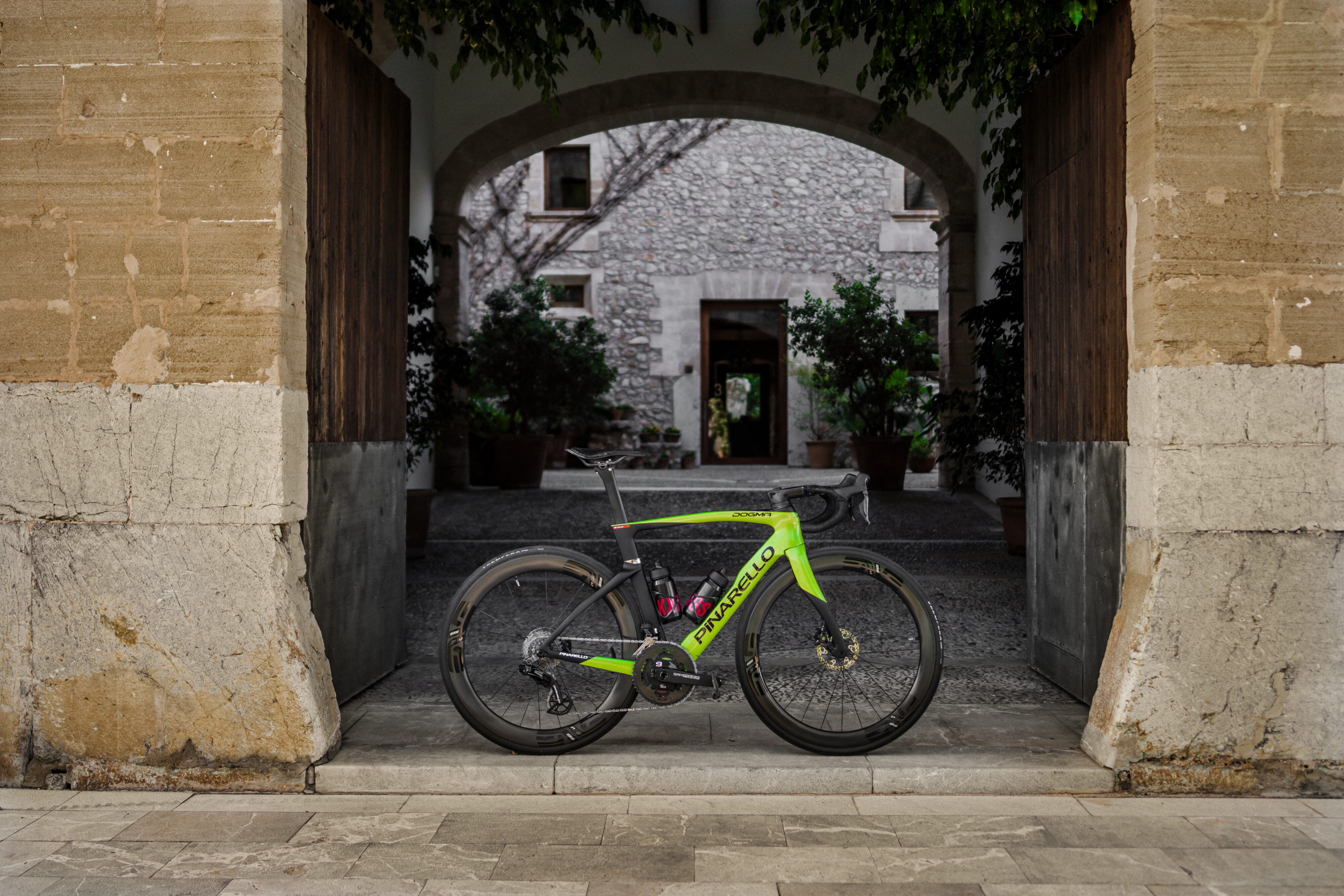

What to Bring
Bike Choice
I’ve been going to Europe fairly regularly since 2010, always with a road bike in tow. While that’s worked out just fine in the past, this year’s trip presented a different opportunity. Despite having a brand-new Pinarello Dogma F at my disposal, Ted King convinced me to bring something with a bit more rubber underfoot so we could veer off course if and when the opportunity presented itself—paved or not. While he opted for his gravel rig, I went with what is hands down my favorite ‘allroad’ bike of late: the Dogma X. It carries a touch more weight than my Dogma F—about ¾ lb—but compensates with 38mm tires, which proved to be the perfect balance. It allowed me to keep up with an absolutely flying Sam Boardman, who is currently living out his dream of racing road professionally in Europe, while still offering enough versatility for spontaneous detours into Calpe’s best singletrack, not to mention a literal riverbed with Ted one day.
While my setup suited me perfectly, a traditional road bike will still serve you well—both Mallorca and Calpe boast roads in some of the finest condition I’ve ever experienced. It’s up to you.
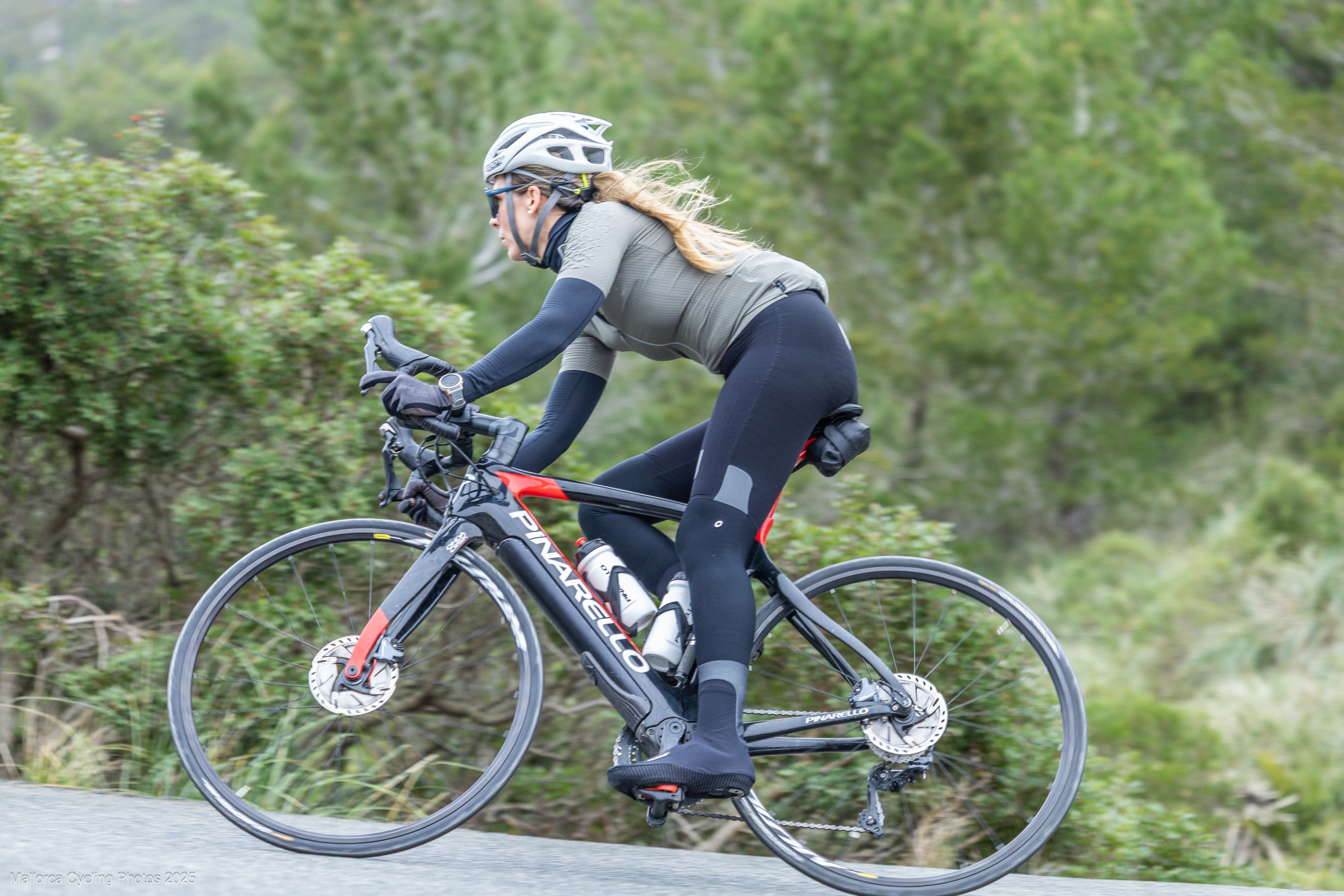
Bike Rental vs. Bringing Your Own
I personally prefer the slight inconvenience of traveling with my own bike, but if that’s not your thing, no worries—both Mallorca and Calpe have more bike rental shops than Italy has espresso bars. And these aren’t your run-of-the-mill clunkers—anything from a top-tier Pinarello Dogma to other premium offerings are available. Just take the time to get your fit dialed and plan your pickup and return logistics in advance.
Bike Bags
If you’re inclined to travel with your own bike—which I HIGHLY recommend—choosing the right bike bag is paramount. Fact: I once arrived in Mallorca to find one of my Lightweight Meilenstein wheels sporting a gaping hole, thanks to the loving hands of airline baggage handlers. Fortunately, Lightweight’s legendary build quality meant the wheel survived the trip, but it was a close call that still cost me $5000.
That particular mishap occurred with my Scicon AeroComfort 3.0—a wildly convenient bag but one that provides minimal protection. While it has survived dozens of transatlantic flights, I’ll be upgrading to a hard case in the near future. Here’s a link to a great bike bag review if you’re in the market.
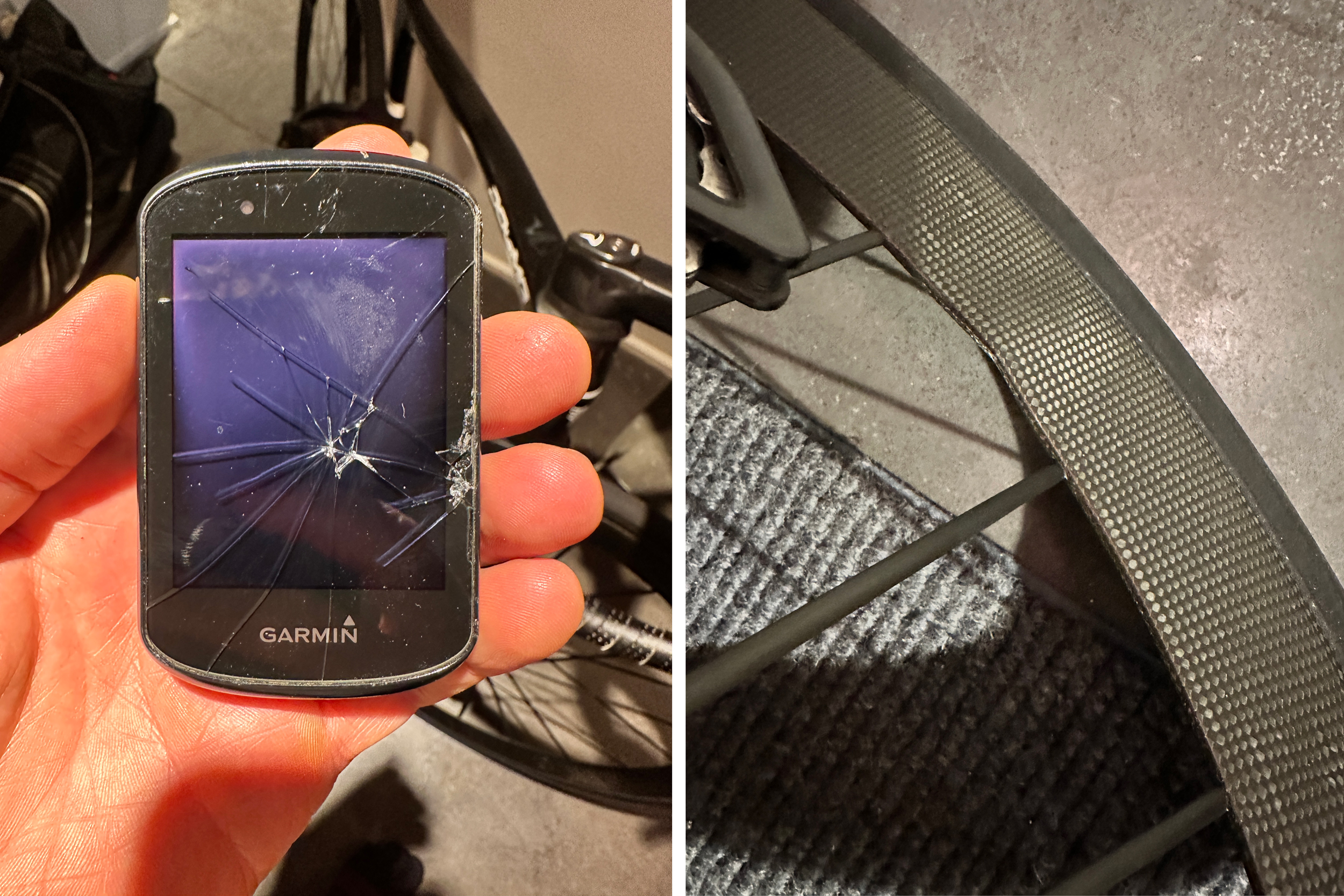
Clothing Considerations
Planning a European cycling vacation months in advance for February or March is an exercise in meteorological roulette. We’ve had weeks in Mallorca where the temperatures hovered around 70°F and not a single cloud on the horizon—only for the following week to see snow on Puig Major. The silver lining? The weather is mercurial, which means any cold spell is likely to be short-lived. That being said—pack everything. This is what I had with me for 2-weeks.
- Jerseys (Long-Sleeve & Short-Sleeve)
- Gregarious Clima Dolomites Extreme Jersey
- Gregarious Pro RetroFuture Jersey
- Dottore PRO Jersey
- Dottore Hybrid Que LS Jersey (seriously, such an incredible piece of tech)
- Gregarious Hybrid Light Retrofuture LS Jersey (basically a SS jersey’s weight with long sleeves)
- Shorts & Tights
- Dottore PRO Q36.5 Bibshorts (3-pair)
- Gregarius Light Bib Tights Like the Hybrid Light jersey, these are essentially regular bibshorts, but long (no insulation). If you’re like me and don’t remove your leg warmers on rides, these are incredible.
- Dottore Hybrid Bib Tights These have a light layer of insulation but will keep you warm in mid-30s to 50s, plus they’re great in light rain.
- Base Layers
- Base Layer 0 I run hot, so this is what I wear as a base layer 90% of the time.
- Base Layer 2 When it’s low 50s and below without much chance of it getting above that, I’ll go with the Base Layer 2. Works great for rainy days too.
- Warmers: I’ll admit, I’m not big on warmers. If I’m wearing arm warmers I’ll never wear leg warmers, and if I’m wearing leg warmers I’ll be in a long sleeve jersey. That said, I’ll bring the following:
- Dottore Pro UV Arm Protector (always black, unless your sleeves match another color)
- Sun&Air Leg Cover (also, always black, unless your shorts match another color. But why are you wearing white bibs shorts?)
- Jackets & Vests
- Gregarius Winter Jacket: this is likely more than you’ll ever need, even this time of year. But as mentioned, I’ve seen it snow in Mallorca in March.
- Air Vest + Jacket: Both of these are ultra light and ultra packable. Again, I run hot, so these are the type I’ll usually wear for the first 30-45m of a ride, then pack away.
- Rain Shell This is what I consider the gold standard of rain shells. Light enough to pack, but robust enough to handle some absolutely shit weather without soaking you from the inside-out.
- Gloves, Socks, Accessories
- Winter Rain Gloves Great for the cold, better for the rain, and perfect for both.
- Hybrid Gloves this is a super light glove that takes the edge off, or works well as a liner.
- Termico Winter Gloves These are great for those cold days, especially if there’s a slight chance of rain. They’re not a pure rain glove, but they repel water fantastically while keeping your hands insulated.
- Wind Shell Remember seeing riders stuffing la gazzetta dello sport newspapers down their jerseys for warmth before descending a mountain pass? Well, this is the evolution of that. It’s a brilliant little accessory, packs into nearly nothing, and insulates better than a vest, and certainly better than a newspaper.
- Shoes
- Nimbl Ultimate Air (2-pair) I think shoes are like saddles, which is to say what might work for me won’t work for you. That said, I’ve been absolutely smitten with the Nimbl brand for a few years now.
- Helmet
- Giro Aries Versatile, light, sorta aero. Just bring a cap when the temperatures turn downward.
Health and Fitness Preparation
No one wants to fly halfway across the world only to get knocked out by a cold on day two. I swear by Andrew Huberman’s protocols on immunity (outlined brilliantly in this podcast), and I take AG1 and KXNGS religiously. Neither is a miracle pill, but both give you a fighting chance when you’re battling recycled airplane air, jet lag, and immune systems recalibrating to foreign microbiomes.
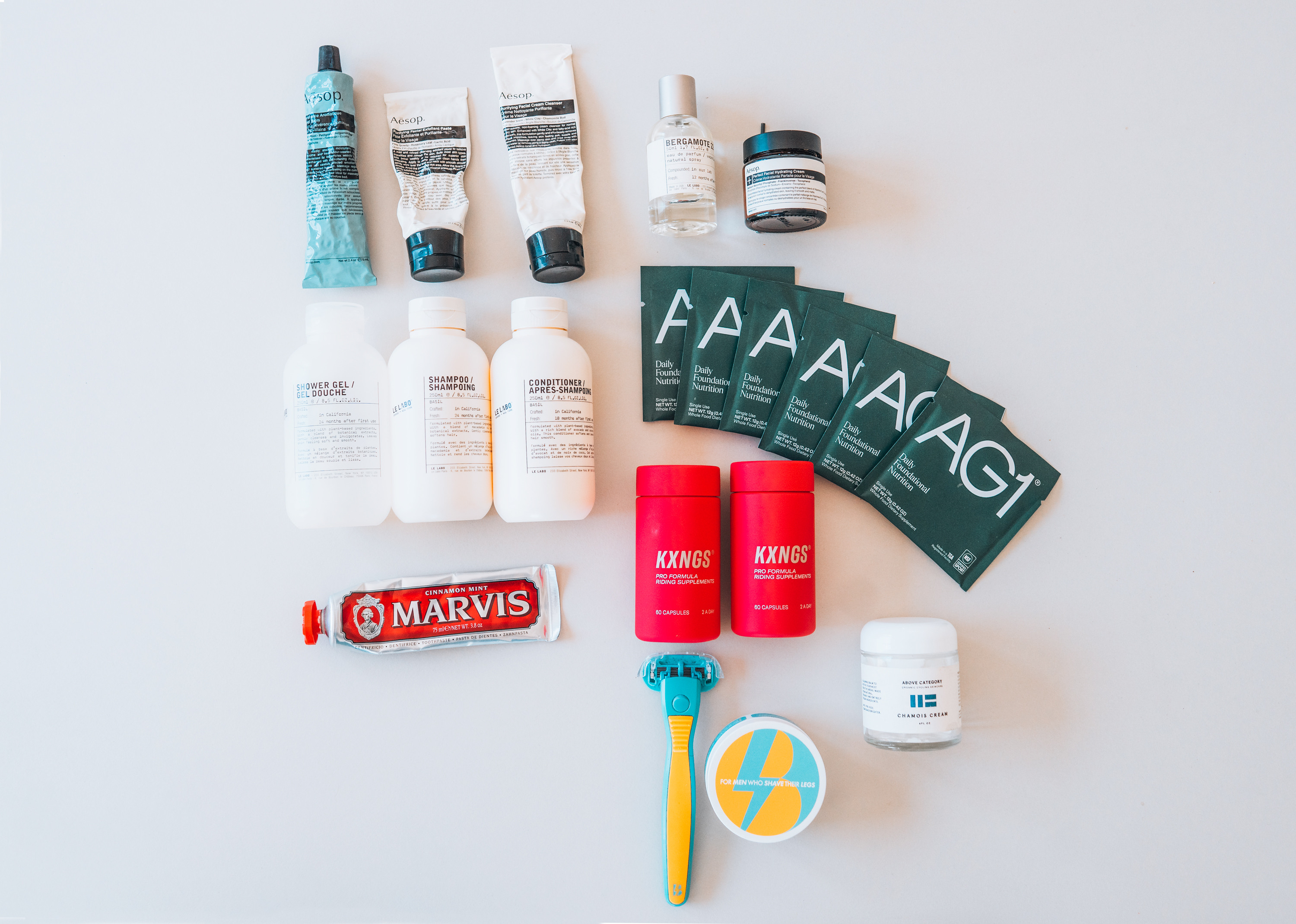
KXNGS, for what it’s worth, isn’t your average rattling bottle of placebo pills. It’s the kind of supplement you start taking out of curiosity and continue taking out of spite—because it works, and you hate how much you notice when you forget it. It’s packed with the kind of high-grade, bioavailable wizardry that makes you feel a little sharper, a little less inflamed, and marginally more capable of facing down a 10% gradient with something resembling dignity. Am I saying it’s the reason I can ride all day and still form coherent sentences over dinner? No. But I’m also not not saying that.
At the end of the day, being fit—not just not-sick—is what allows you to actually experience a place like this. Sure, I joke about the suffering littered throughout this article, but truthfully? Most of the time I’m floating, euphoric, caffeinated, and awestruck, grateful that my legs still work and that I get to see the world one ride at a time. In short, the healthier and more prepared you are, the more fun you’ll have. Should you need coaching advice please reach out and I’ll happily make some intros.
Spares & Essentials
Both Mallorca and Calpe are overrun with cyclists (I’m being dramatic, but not by much), meaning parts are easy to come by. That said, there are a few items I strongly recommend bringing with you:
- Spare Tires: I swear by my Rene Herse Bon Jon Pass tires, but finding a 35mm road tire in Europe is like searching for Atlantis. I packed two extras—better safe than sorry.
- Cleats: If you’ve never broken a cleat mid-ride, count yourself lucky. They’re small, light, and take up no space in your bag. Just bring a spare set.
- Batteries: Depending on your setup, it’s wise to bring a few CR2032s, CR1632s (for Dura-Ace shifters, which are frustratingly difficult to source), eTap batteries, and an extra HR strap battery.
- Tools: A compact toolkit with Allen and Torx wrenches, a small torque wrench, and a solid multi-tool should cover most eventualities.
- Sealant: While it’s easy to find locally, I prefer Orange Seal and bring my own.
- Manual pump: It’s not guaranteed your hotel will have a pump, so bring something manual, with a gauge. Lezyne makes this nice little guy that easily packs into your bike case.
- Ass Saver: As your coach once told you, train to your program, not the weather. In this case, just remember you ostensibly flew a very long way to ride a bike. Revel in the water-proofness that comes standard as a human. That said, keeping the level of moisture truncated in your nether regions is ideal.
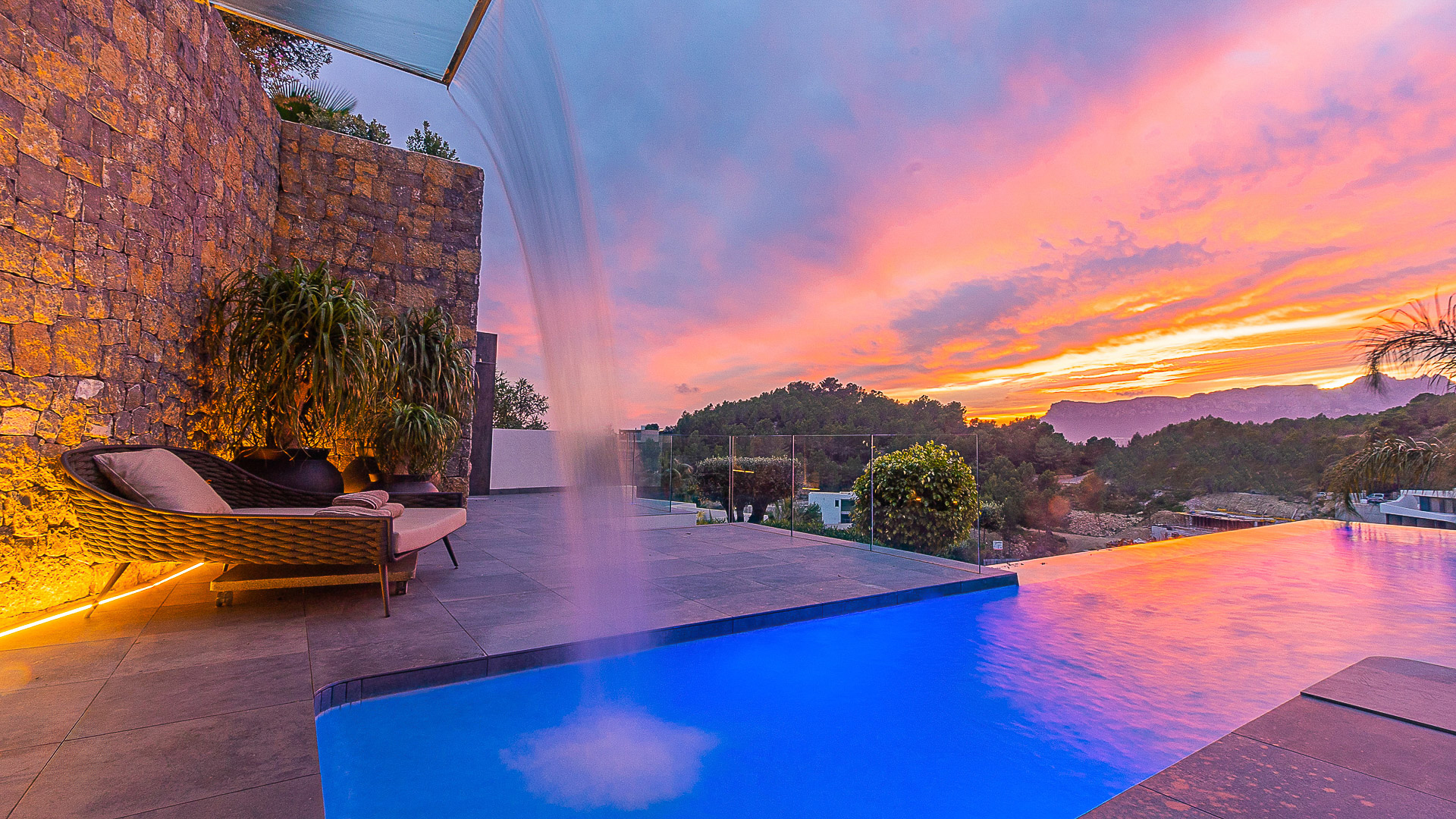
Accommodation
House Rental vs. Hotel
This year, I experimented with both. The first week was spent in Calpe, holed up in a rented house for a self-sufficient training camp. The second week unfolded in Mallorca, where we hopped between hotels to sample the high life. Each approach has its merits and pitfalls, and choosing between them depends on your priorities.
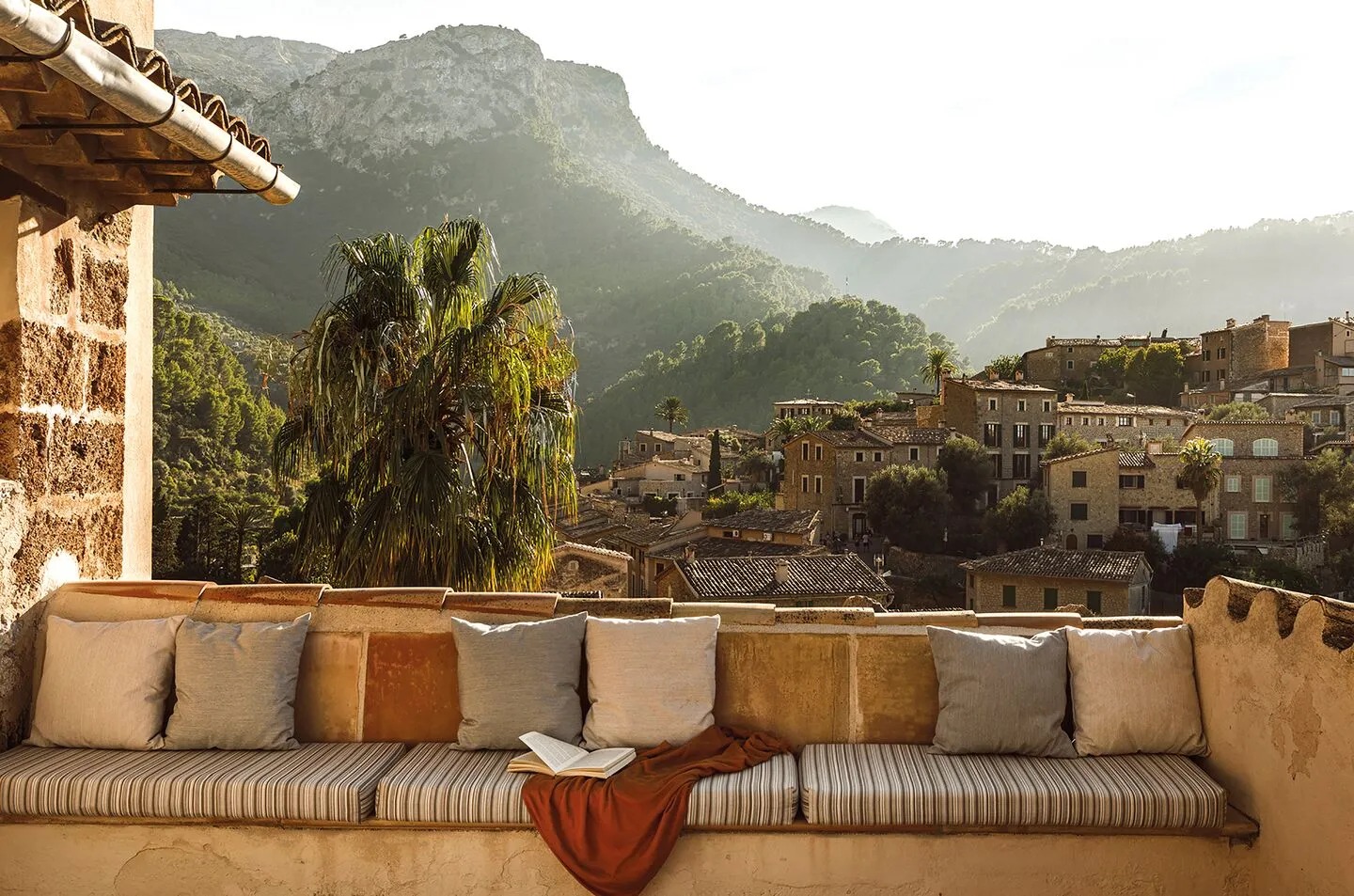
Not all hotels are created equal. I’ve been fortunate to visit several of Belmond’s properties around the world, and they are consistently exceptional. Their ability to seamlessly amalgamate superlative service with an aesthetic that thoughtfully honors each location is nothing short of masterful.
Renting a House: The Upsides
- Total Autonomy. Spain does not believe in rigid dining schedules—restaurants open when they please, close for siesta on a whim, and serve dinner at an hour that defies all logic. If you’re hammering out 120-mile days, being beholden to a hotel’s breakfast schedule is an unnecessary complication. A house allows you to eat on your own terms.
- Kitchen Access. Cyclists need an industrial-grade caloric intake. Waiting until 8:30 p.m. for dinner is a special kind of torture when your body is screaming for sustenance hours earlier.
- Laundry. Washing your kit on demand beats the hotel alternative, which is either an overpriced laundry service or hand-washing bib shorts in the sink like a desperate backpacker.
- Cost Efficiency. When split among friends, a sprawling, well-appointed rental can be far more economical than a hotel, especially in low season.
Renting a House: The Downsides
- The Chore Factor. Even if you’re on vacation, dishes and tidying up will be necessary. You can outsource cleaning, but it’s one more thing to organize.
- Limited Amenities. Some houses have pools or saunas, but you won’t find a spa, concierge, or other indulgent services. If your partner is accompanying you and expects more than just a well-stocked fridge and a bike wash, this might be a dealbreaker.
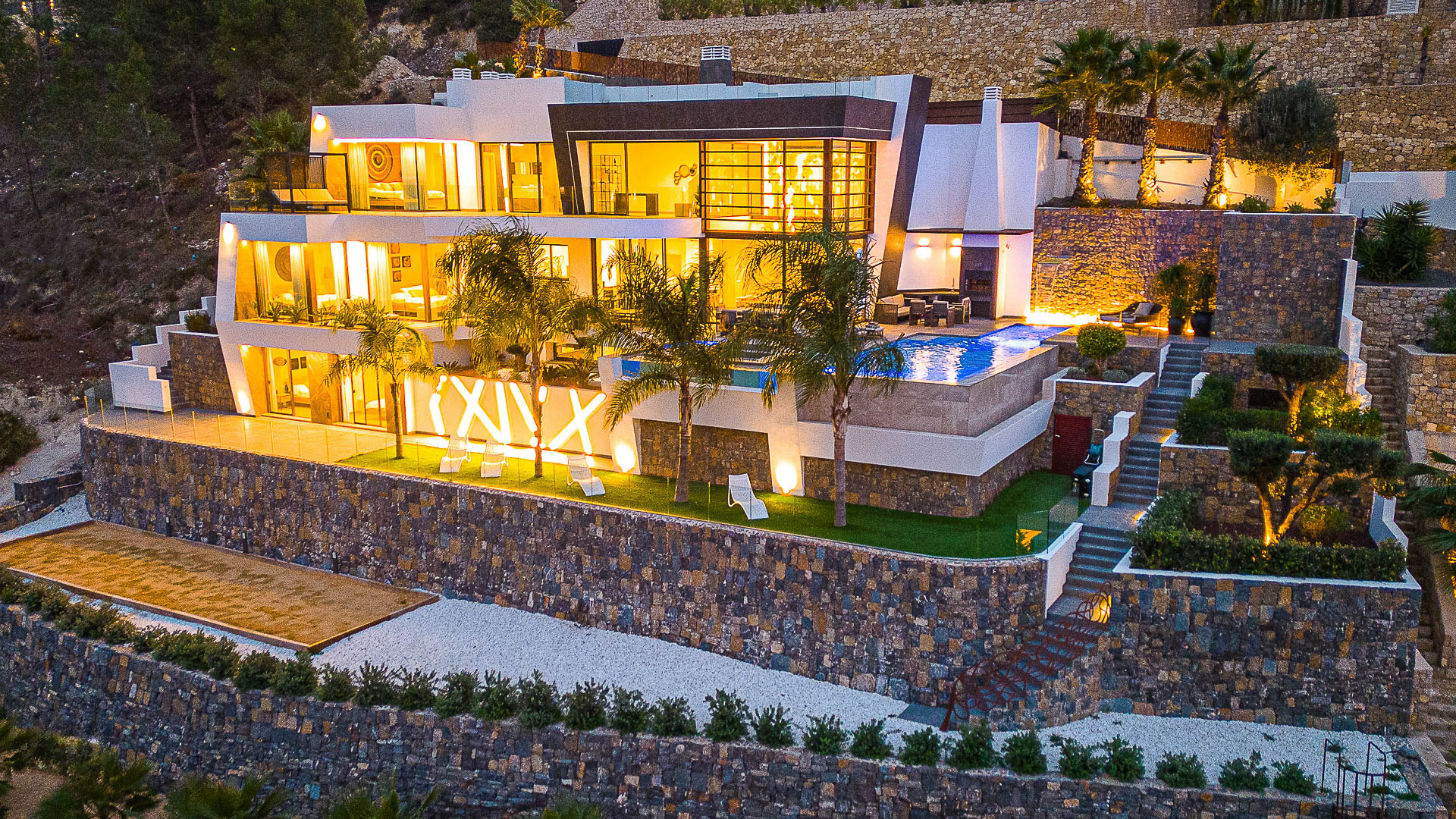
Staying in a Hotel: The Upsides
- Effortless Comfort. Bags are whisked away, rooms are refreshed daily, and post-ride exhaustion is met with plush bedding and concierge assistance.
- Cycling-Specific Facilities. Many hotels in Mallorca have recognized the value of cycling tourism, offering locked bike storage, maintenance stations, and even high-end rental fleets.
- Concierge-Level Service. Lost your phone charger? Need a last-minute dinner reservation? Hotels have solutions at the ready, whereas in a rental house, you’re on your own.
Staying in a Hotel: The Downsides
- Food Restrictions. Being locked into a hotel’s meal schedule can be frustrating when you return ravenous from a five-hour ride at an off-peak time.
- Space vs. Cost. In Calpe, five of us shared a sprawling 10,000-square-foot house for roughly half the cost of a single hotel room at Son Brull. You do the math.
- Laundry Prices. $50 to wash a single load of cycling kit? Blasphemous.


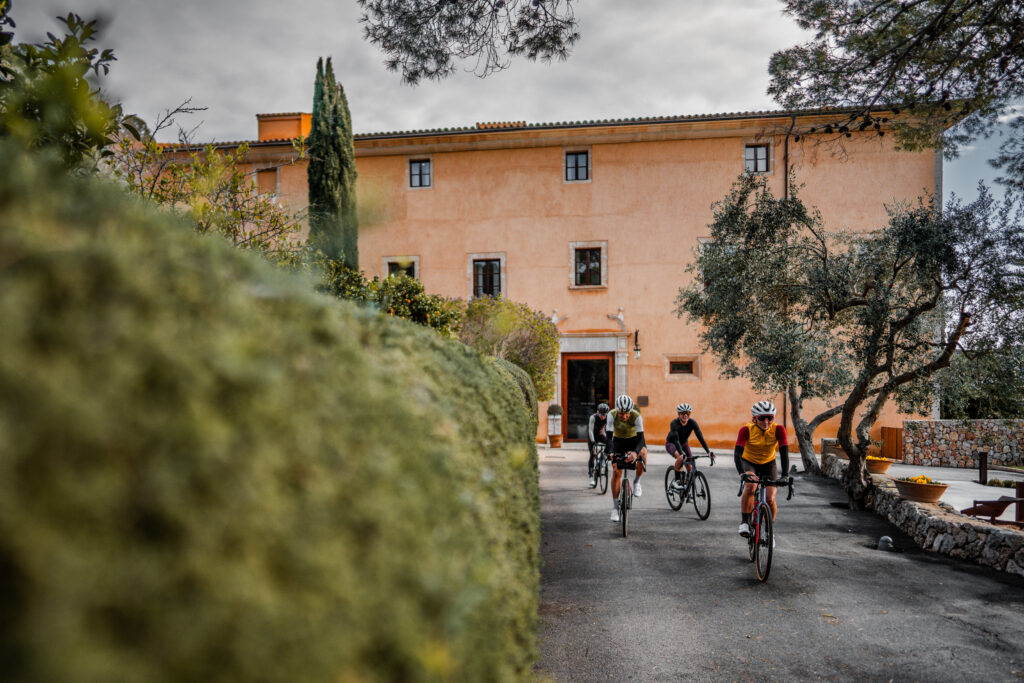

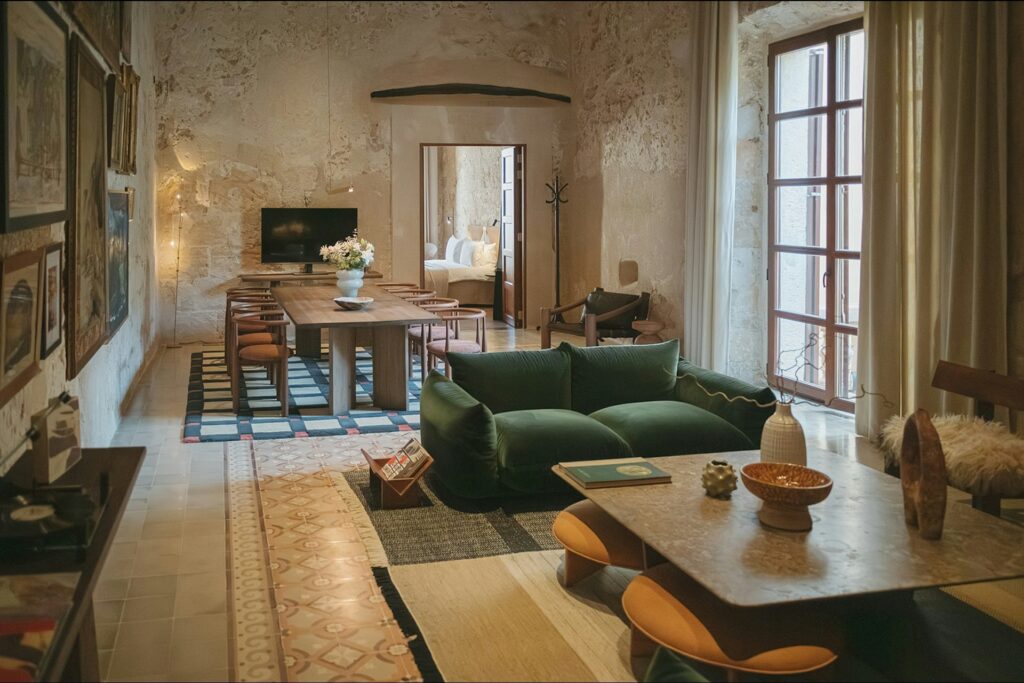
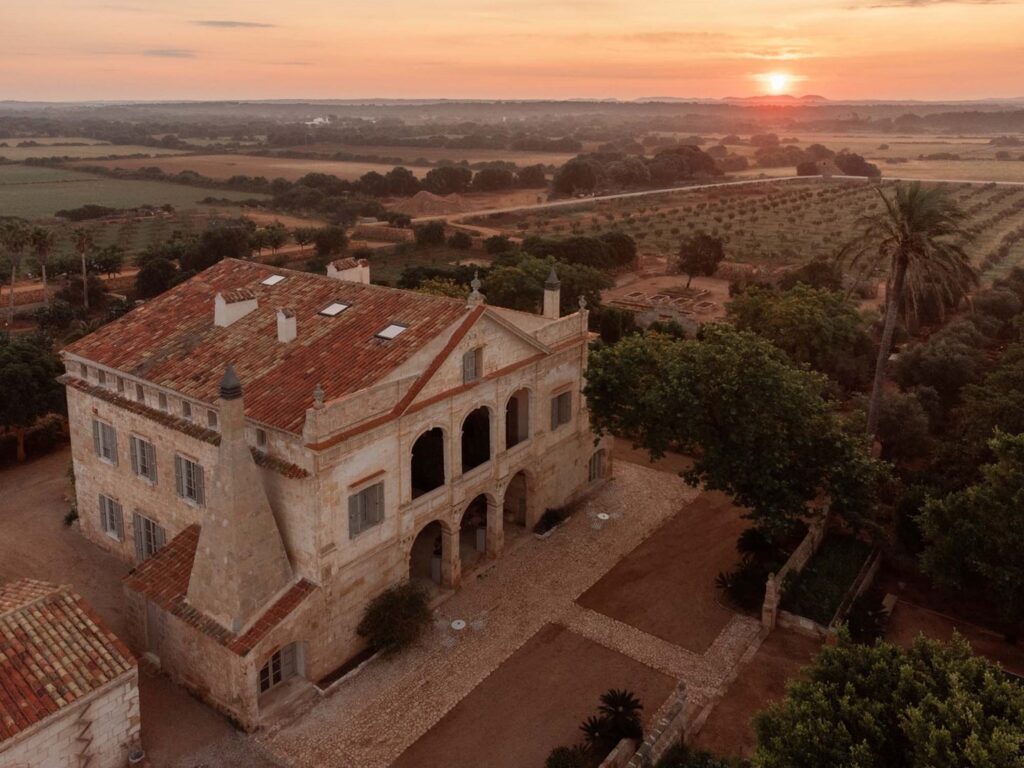
There’s no shortage of jaw-dropping hotels tucked into every corner of Spain. Beyond the ones I’ve listed here, dig a little deeper—you’ll be amazed at what you can unearth in such a relatively small patch of earth. I’m consistently surprised, and at this point, I’m not easily impressed.
What I Prefer
For a dedicated training camp—where the focus is to ride, refuel, and repeat—I’d take a house rental every time. The efficiency of self-catering, laundry access, and sheer space made our Calpe week feel like a true pro setup. Next time, I’d just add a masseuse to round out the experience.
In Mallorca, however, where the rides were still substantial but the overall atmosphere was more refined & romantic with Kaitlin joining me, the hotels were the clear winner. I love experiencing thoughtfully designed accommodations, engaging with top-tier service, and indulging in the amenities that come with a high-end stay. At high-season this would be a significant indulgence, but this time of year offers extremely affordable stays at 5-start resorts. The only caveat? The challenge of properly fueling consecutive 5+ hour rides when beholden to hotel dining schedules.

For those considering the hotel route, here are my top recommendations in Mallorca, each offering its own unique atmosphere and advantages. Also, I have ZERO affiliation with these places, I just like ’em.
- Son Brull (Pollença): A former monastery turned luxury retreat, seamlessly blending rustic charm with modern indulgence, including Michelin-starred dining. Its proximity to routes is why we’ve chosen this spot multiple times, plus the dining is somewhat agreeable since it’s open with abundance. Like many hotels in Mallorca, Son Brull has a dedicated bike storage room with tools, water, and other amenities.
- Hotel Valldemossa (Valldemossa): Perched in the Tramuntana mountains, this boutique escape offers breathtaking views and an ambiance of pure tranquility. Staying here does limit some of your ride lengths, but it’s slightly better than Deià in that regard, and absolutely well-worth the visit. Like Son Brull, it has a fully secure bike room with tools, air, and a washing station.
- La Residencia (Deià): A Belmond property that redefines opulence—art-laden walls, impeccable service, and an air of exclusivity that borders on excessive, but hey, you’re on vacation, and you saved all that money on your business class seat. Part of what makes Deià so tranquil is it’s rather remote location nestled into a rugged coastline not so different than Big Sur (albeit much less area), so riding from here can become monotonous. Similar to Hotel Valldemossa I wouldn’t spend my whole vacation here, but it’d be a nice couple-night-stay to end your Mallorcan cycling vacation.
- The Lodge (Mallorca): A countryside hideaway offering next-level service, gourmet farm-to-table dining, and unparalleled serenity. It’s very secluded, so just plan accordingly.
- Nobis (Palma): A modernist dream in the heart of Palma, catering to those who appreciate contemporary aesthetics and urban convenience. I really wish this hotel was outside the city-center of Palma so I could stay longer, but it’s absolutely worth a night-or-two stay.
- Can Auli (Pollença): A meticulously restored 17th-century estate exuding understated luxury. It’s nestled in the middle of Pollença as well, so restaurants, grocery stores, coffee, and everything else is walkable.
- Four Seasons (Formentor): It’s the Four Seasons, so like La Residencia (a Belmond resort) your expectations should be high. Maybe not Aman high, but not far off. That said, the location of this resort greatly limits your riding, so I wouldn’t consider it for the entire duration of your trip.
These are just a handful of options across Mallorca, and I’d wager there are at least a hundred more equally exquisite hideaways scattered throughout the island. If it’s your maiden voyage and you’re open to a bit of nomadic hotel-hopping, sample a few—each has its own distinctive charm, aesthetic, and ambience. But if you’re the type who prefers to land, unpack, and immediately assume a state of semi-permanent residency, I’d strongly recommend posting up in Pollença. In my experience, it offers the most convenient access to the best routes Mallorca has to offer—and let’s be honest, less time faffing with transfers means more time riding.
Questions? Reach out. I’ll talk your ear off.

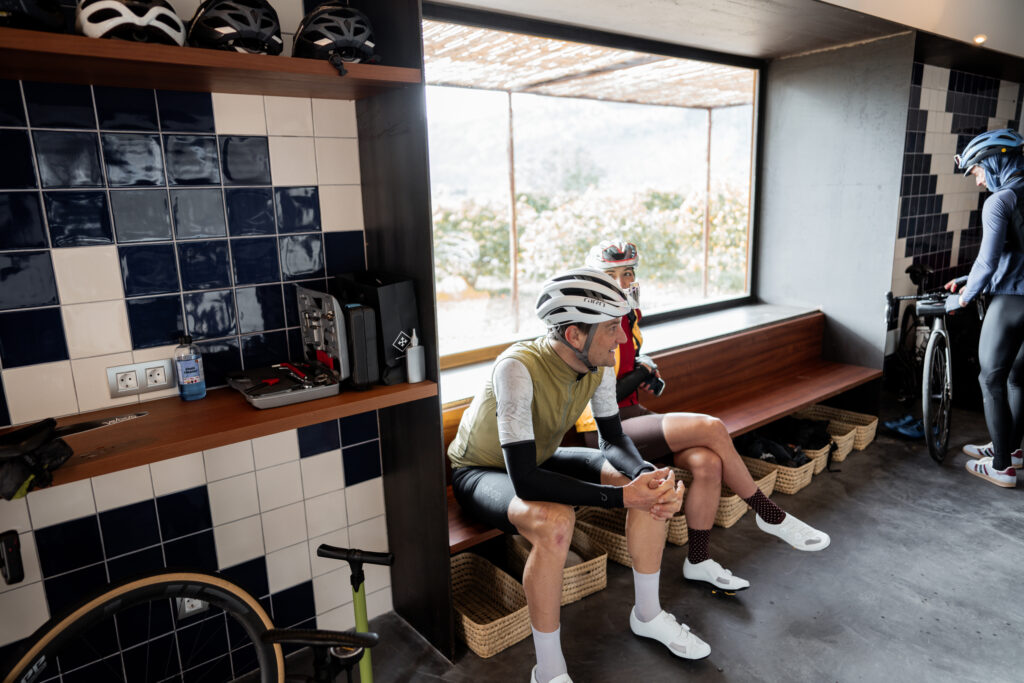
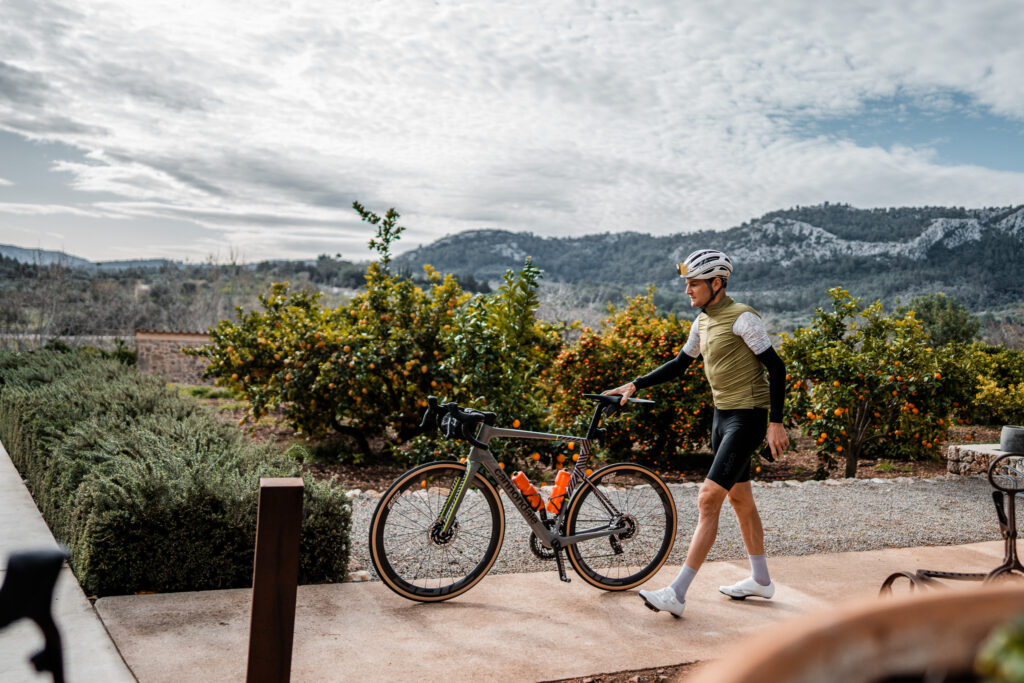
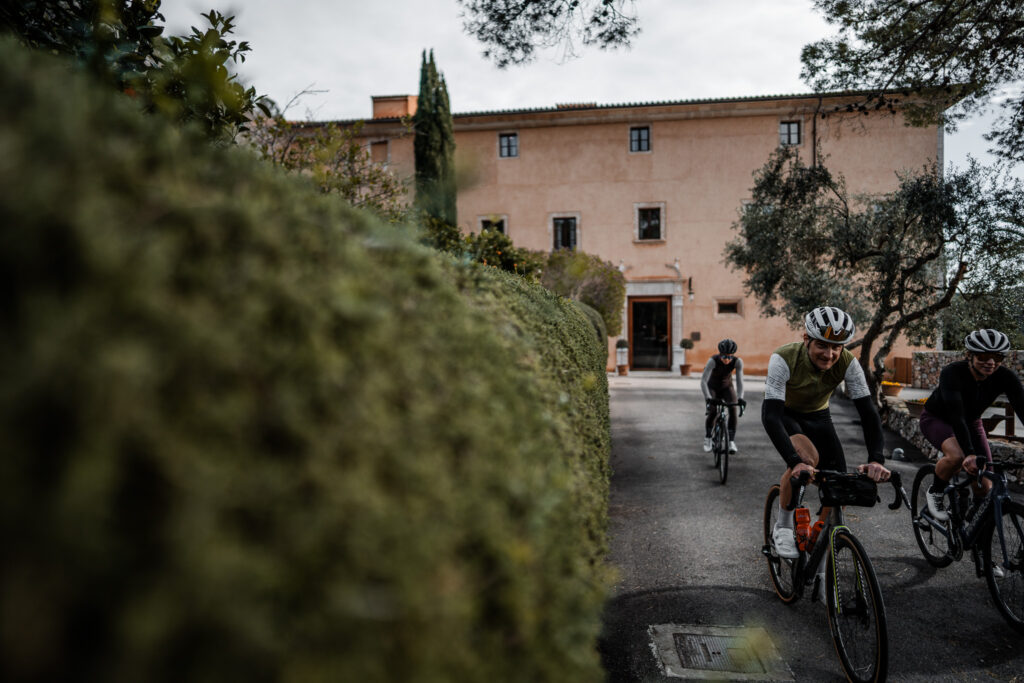
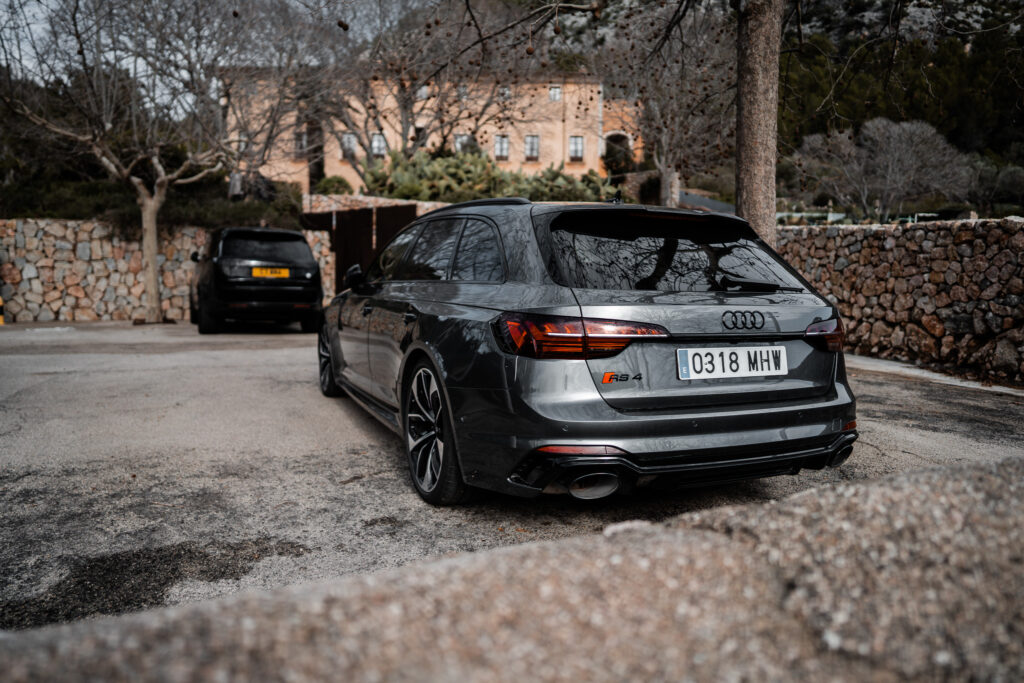
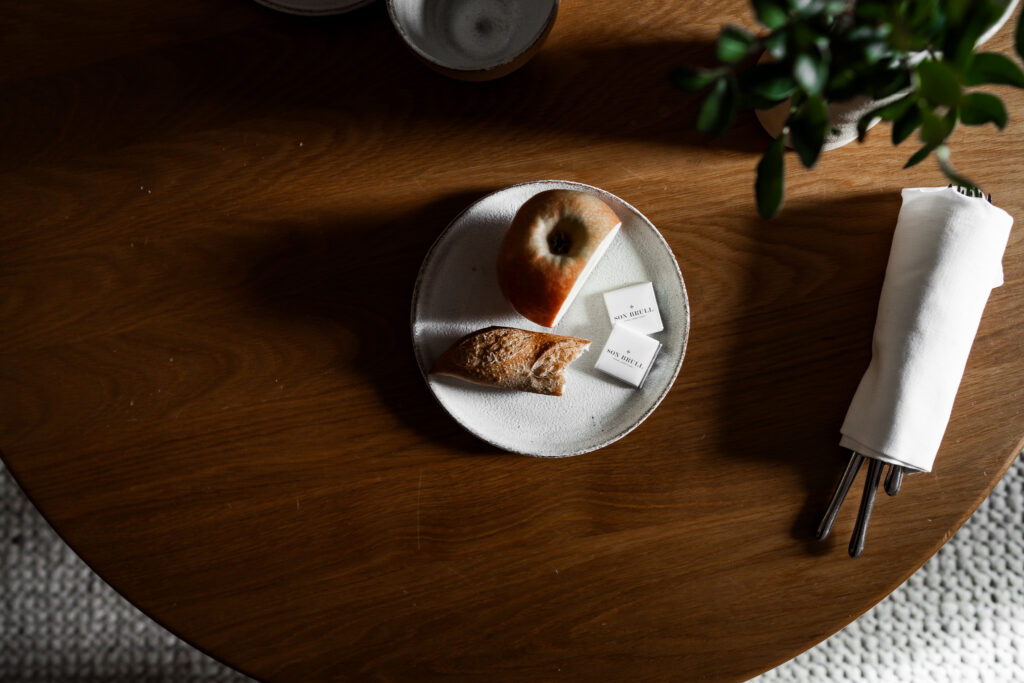
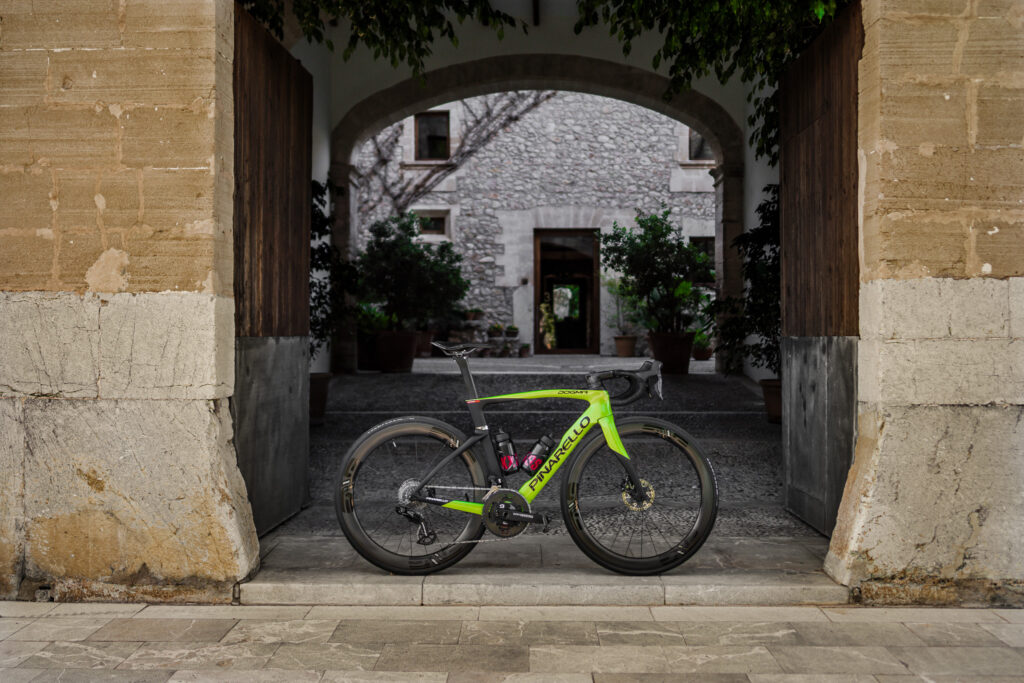
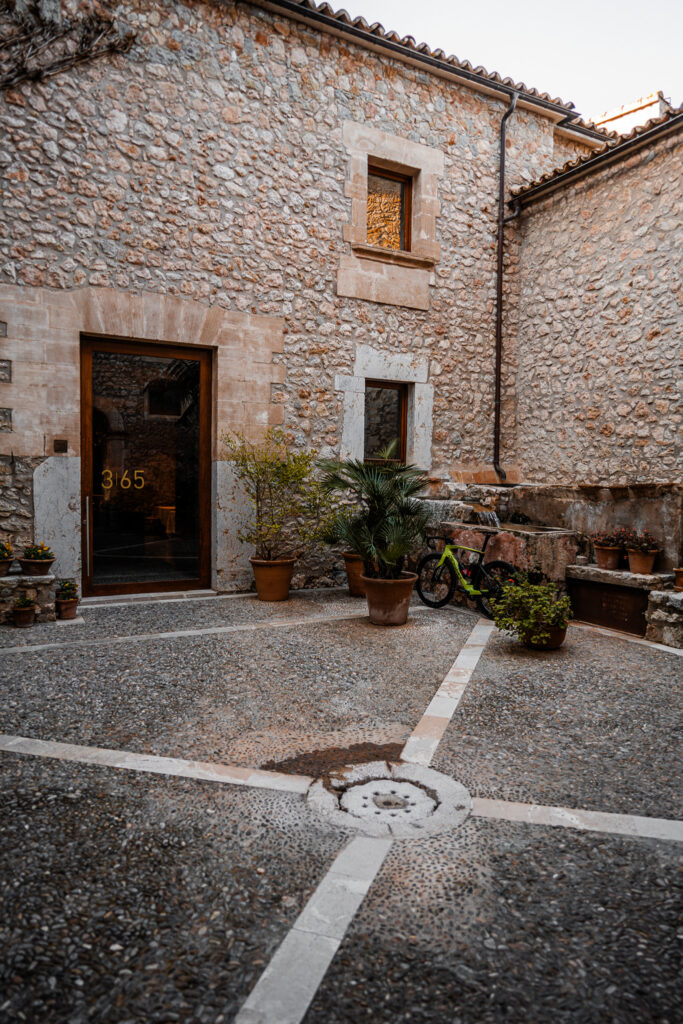
Routes
Matthew Fischer
Mallorca is one of my favorite places to get dropped by people who are much skinnier, younger, and faster than me—only to end up riding alone along supple tarmac, taking in the breathtaking views while suffering silently up unforgettable climbs and gliding across endless stretches of often vacant road. I’m usually snapped out of my daze by the occasional goat, looking to separate an inattentive cyclist from his carbon steed.
My one reservation? The Spaniards’ refusal to put salt in their motherfucking bread.
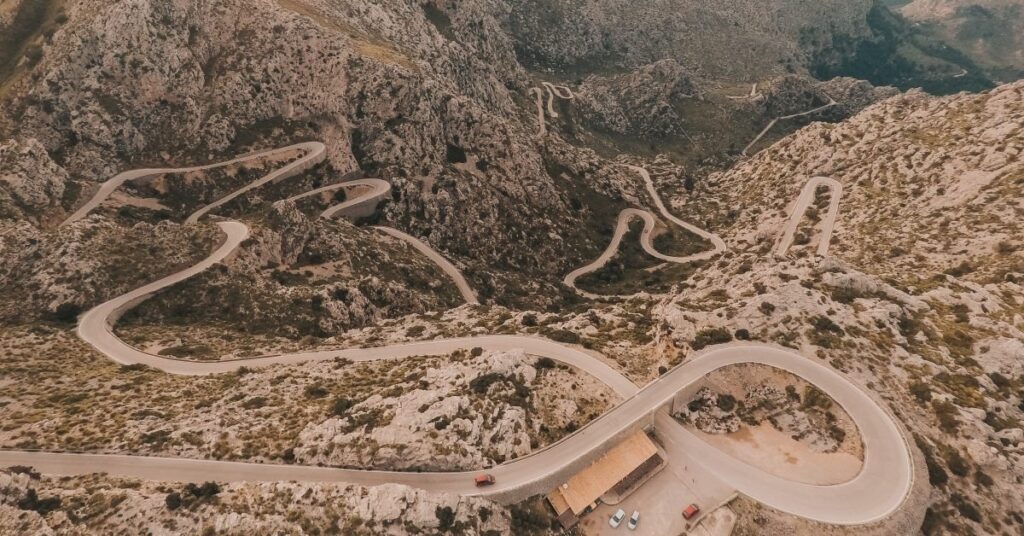
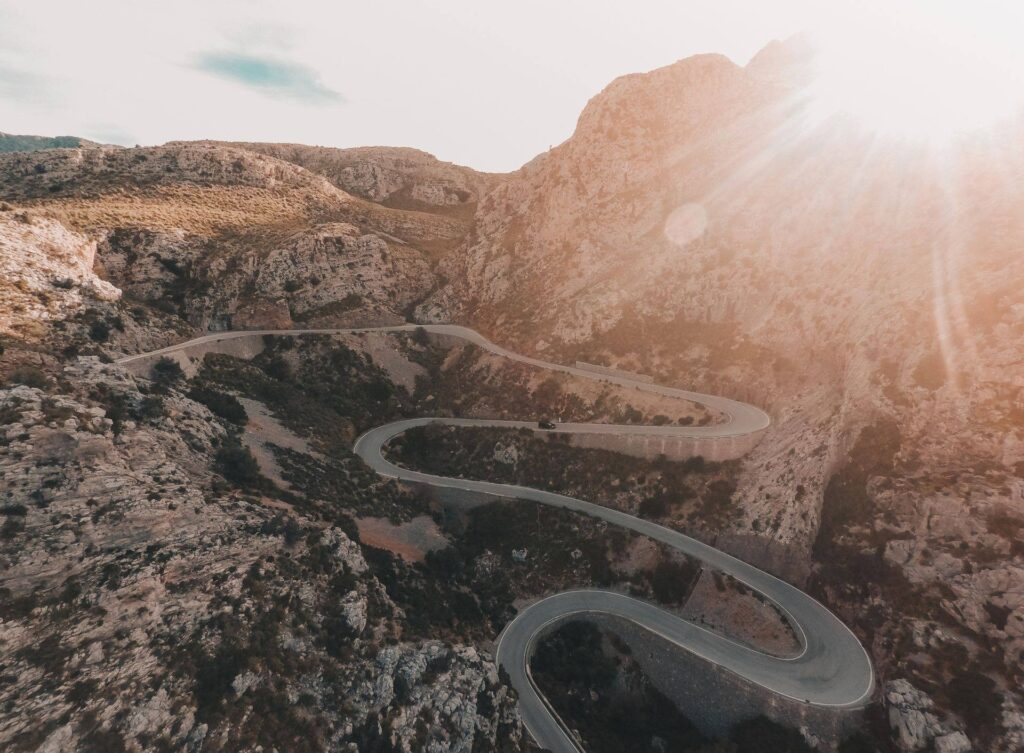
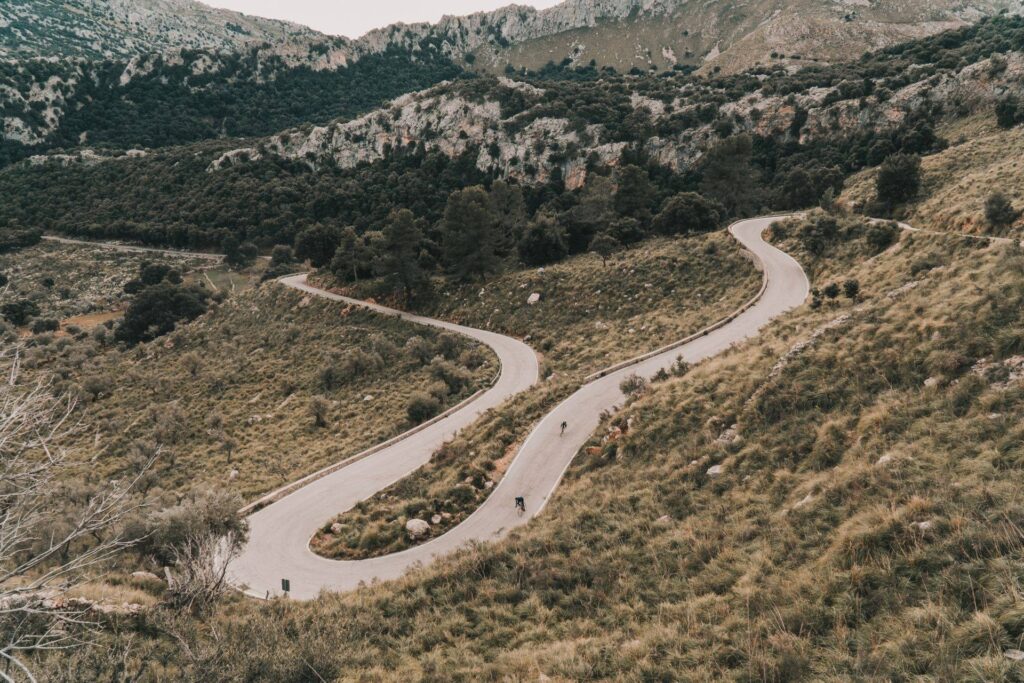

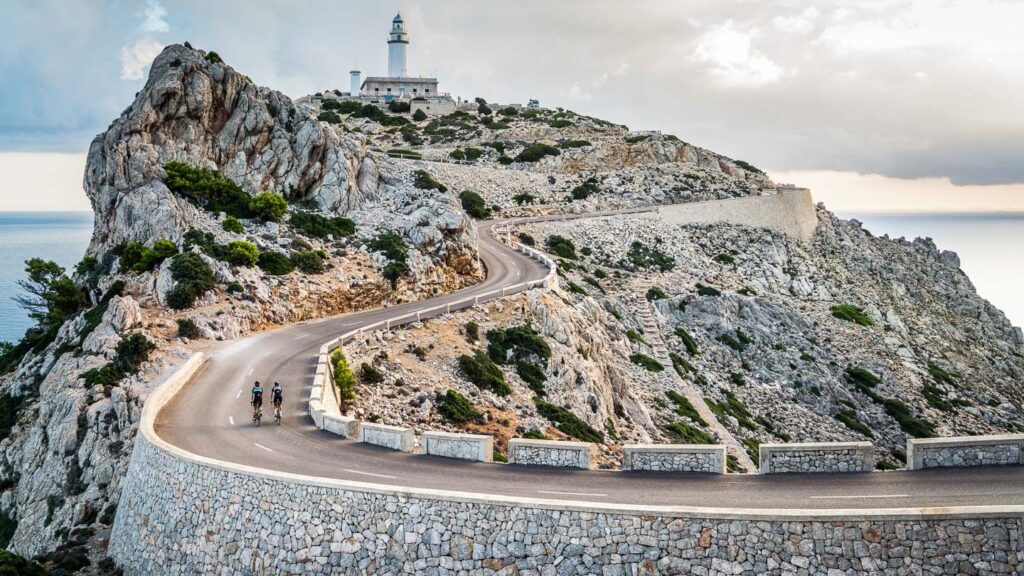
Mallorca
Mallorca’s routes are plentiful, well-documented, and endlessly modifiable. These are a few I’ve put together over the years coming here that I absolutely adore. They start and finish out of Son Brull, but should be relatively easy to modify based on your starting location.
Mallorca #1
https://ridewithgps.com/routes/50111378
Mallorca #2
https://ridewithgps.com/routes/50111327
Mallorca #3
https://ridewithgps.com/routes/50111413
Mallorca #4
Sometimes you need a rest day.
https://ridewithgps.com/routes/50111440
Mallorca #5
This is one of the most gorgeous rides you’ll ever do.
https://ridewithgps.com/routes/50111517
Mallorca #6
Everything looks different going the other direction.
https://ridewithgps.com/routes/50111540
Mallorca #7
This one leaves from Palma and will hit some of the coast you may have missed by starting from Pollença.
https://ridewithgps.com/routes/50111617
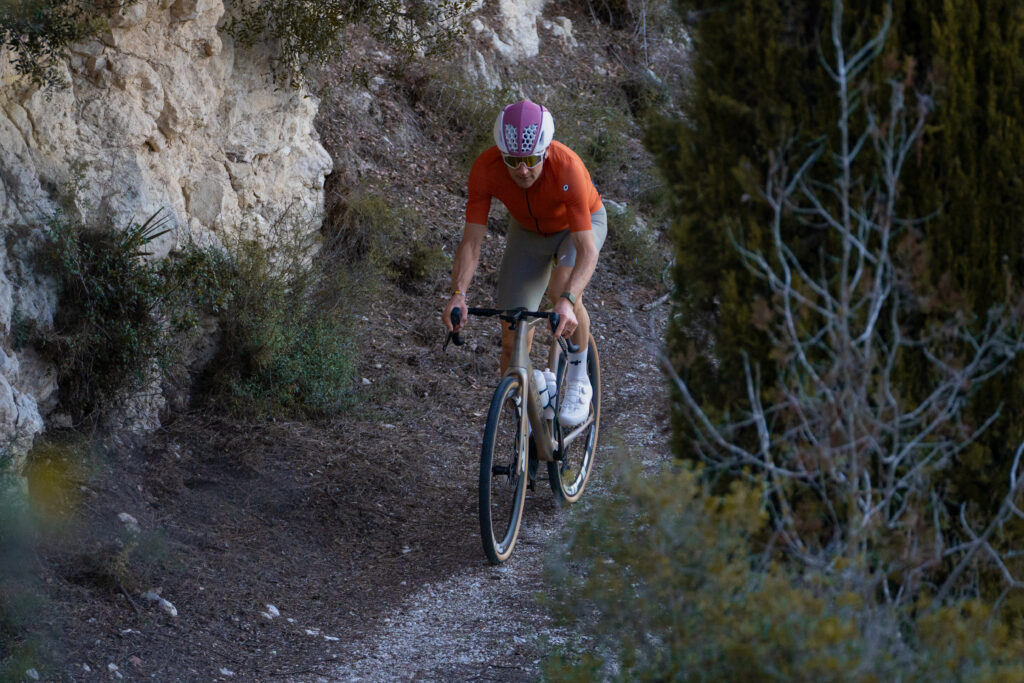
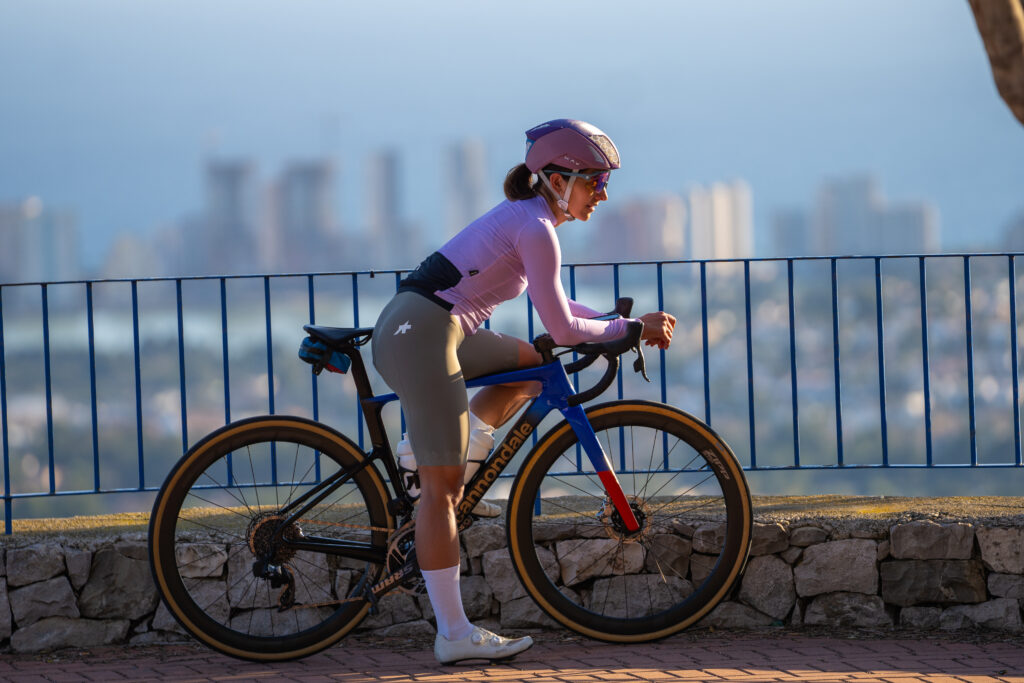
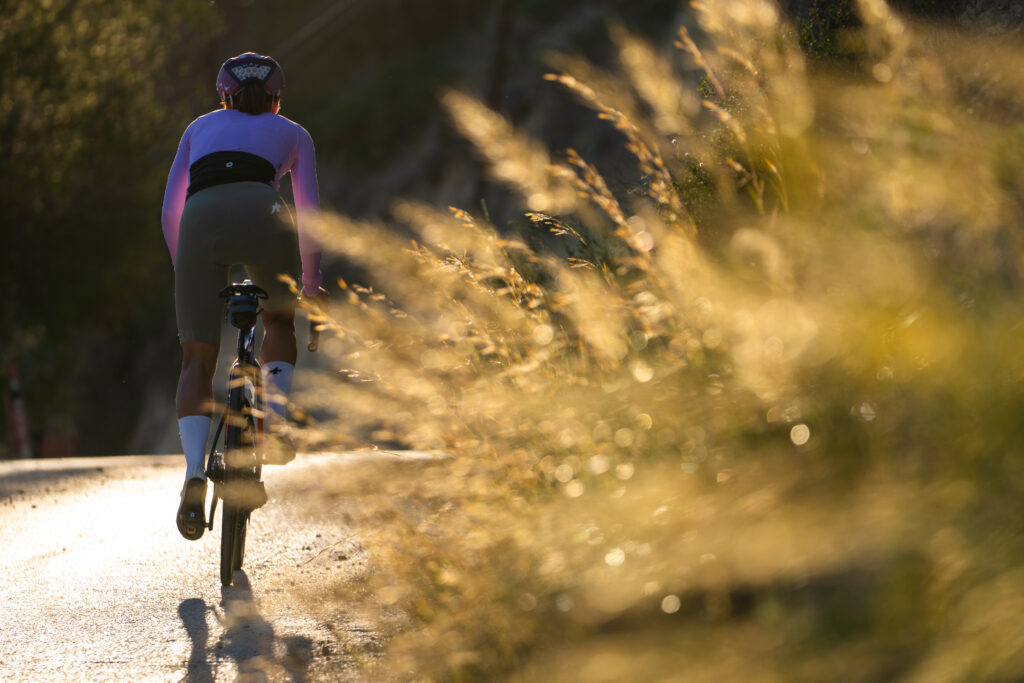
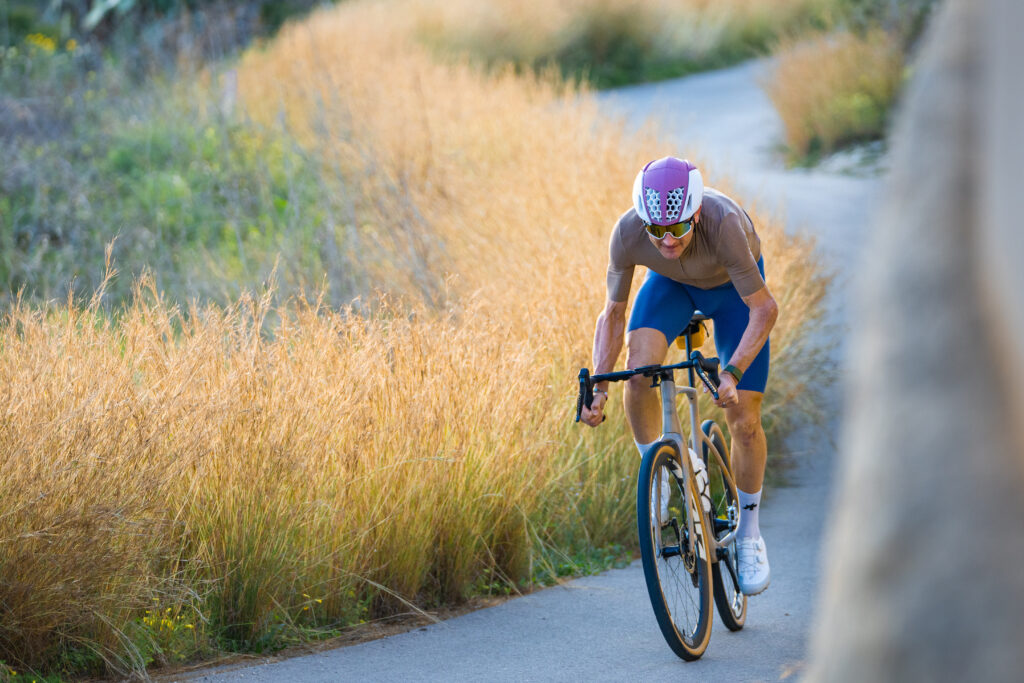
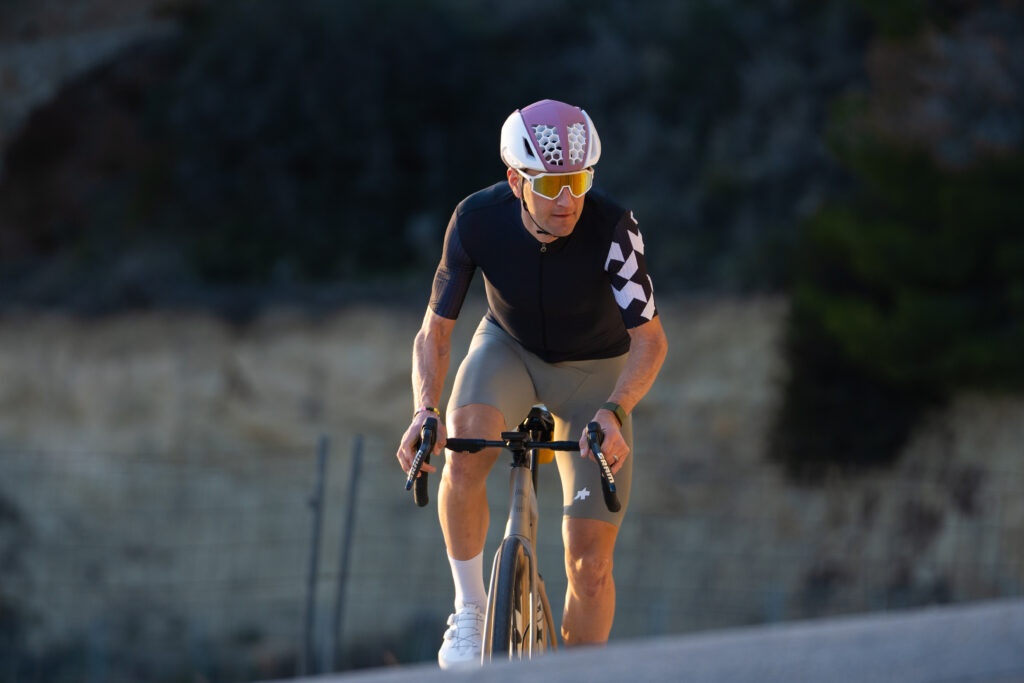
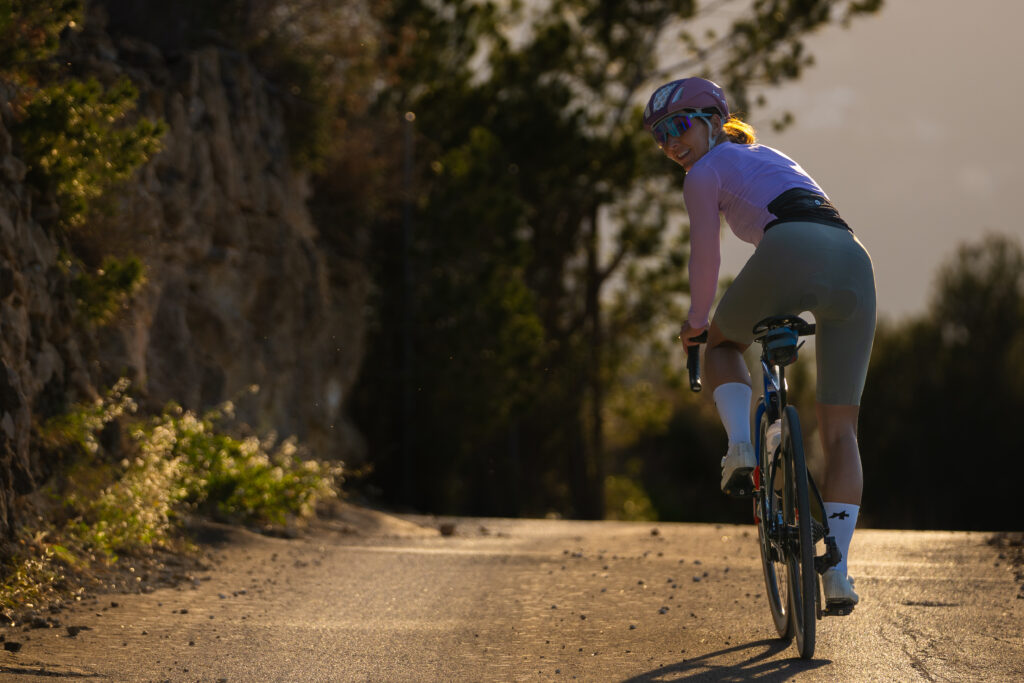
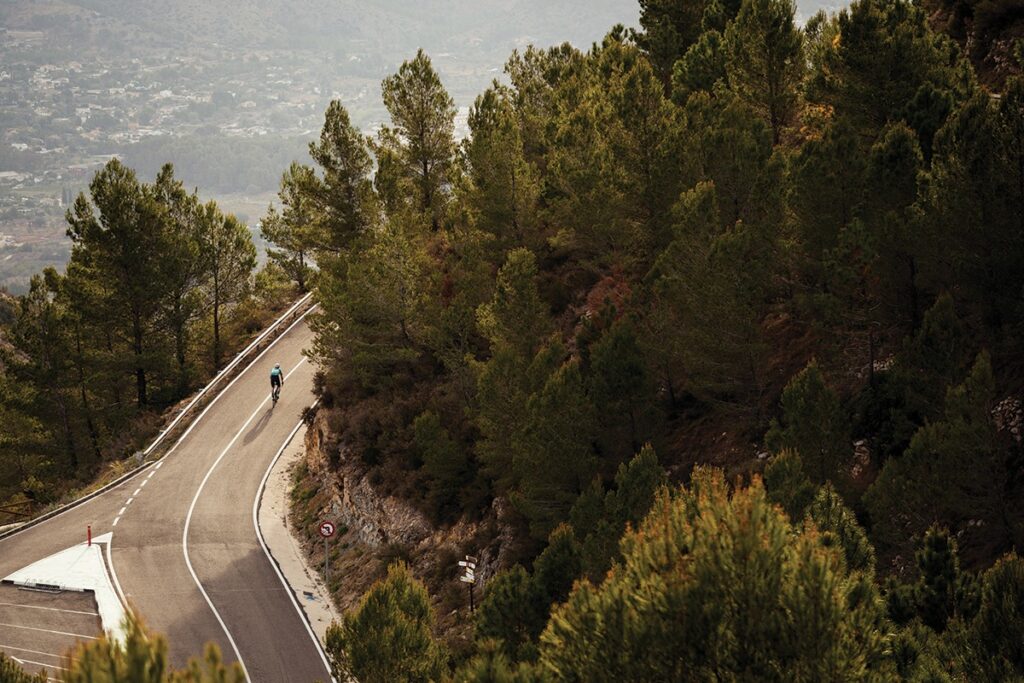
Calpe
As this was my inaugural visit to Calpe, I won’t pretend to offer an encyclopedic breakdown of every turn and gradient. What I can say, with complete confidence, is this: go ride them all. Or at least parts of them. The riding here is generous—abundant in the best possible way—and each kilometer brings with it something distinct, from sun-soaked coastal rollers to serpentine climbs that disappear into the pines.
While I’ll note a few standout moments in the ride section below, trust that if you choose Calpe over Mallorca, you won’t spend a single moment regretting the decision. The routes listed begin and end at the house we rented, but they’re easily modifiable to fit wherever you decide to post up. In other words: plug in, roll out, and thank Sam Boardman later—he was the wizard behind every route we did here, with the exception of our ‘dirt’ day.
Calpe #1
This was our introduction to Calpe—jetlagged and bleary-eyed after 14 hours of travel. I effectively slept through the first 20 miles until a much-needed coffee stop at Musette brought me back to life. The route meandered through what felt like a highland plateau, largely treeless yet hauntingly beautiful, scattered with the weathered remains of centuries-old relics.
https://www.strava.com/routes/3339045671952436840
Calpe #2
This Calpe route is a masterclass in overcommitting: a full hundred miles of climbing, questioning your fitness, and pretending you meant to go this hard. The Port de Tudons doesn’t pull any punches—it just quietly drags on, beautiful and brutal in equal measure. But then comes the descent into Castells, and suddenly the suffering feels poetic. Quiet roads, sweeping views, and that golden Mediterranean light make it all feel worth it… or at least worth lying about later.
https://www.strava.com/routes/3339837621973064926
Calpe #3 “Gravel”
This one kicks off with a bold choice: an early stretch of “gravel” that felt more like a test of faith than a route suggestion—rideable at times, sure, but maybe not advisable unless you enjoy starting your day with a tire pressure crisis. But once you’re through, the route opens up into a proper coastal dream: smooth rollers, tucked-away climbs, and those endless Mediterranean vistas that make you forget the sketchy start. It’s a bit chaotic in the beginning, but it more than redeems itself with rhythm and beauty as the miles unfold. Just be prepared for a couple of the steepest climbs you’ll ever do.
Calpe #4
https://www.strava.com/routes/3340018426751167694
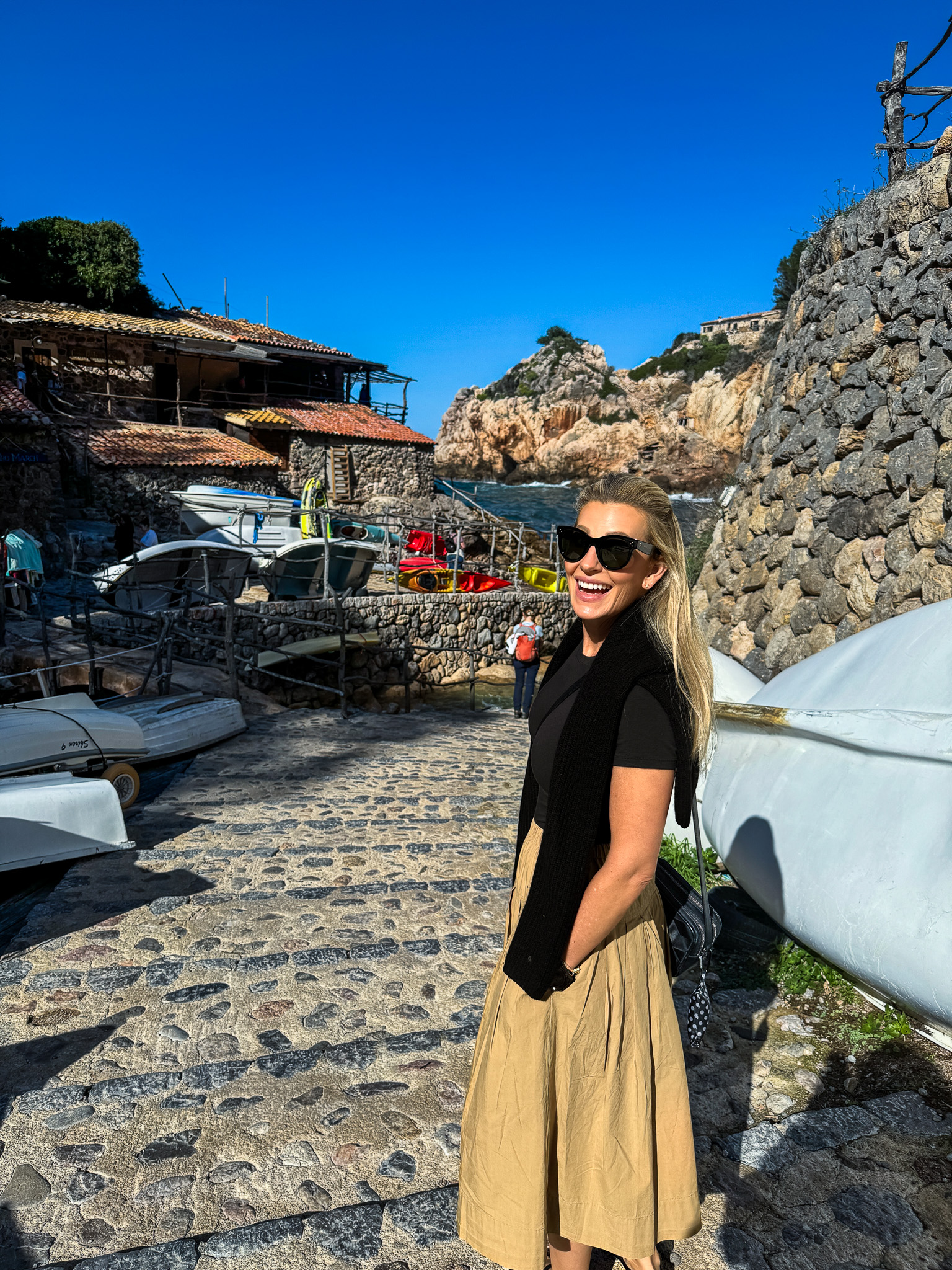
I loved Mallorca. Hiking and exploring the rugged mountains I often thought of the vast and stunning views of Marin. Both regions have excellent opportunities to connect with the outdoors while also being close enough to dip into historically rich urban areas. In my opinion Mallorca is one of the best destinations, as it seamlessly combines dynamic city life with the natural beauty of the outdoors and rich cultural, historical elements.
Mrs. Devon Fischer
Oh shit, I’m not riding.
Let’s say your legs have clocked out—or maybe your travel companion didn’t sign up for the full monastic cycling retreat. Mallorca, it turns out, is hardly short on distractions of the non-lycra variety. And while I’ve mostly spent my time chasing wheels and watts, I’ve managed to sneak in enough real-world reconnaissance to steer you in the right direction.
Start in Palma, where the Cathedral of Santa Maria of Palma dominates the skyline. This soaring Gothic marvel, reimagined in part by Antoni Gaudí himself, is the kind of architectural flex that reminds you Spain doesn’t do understatement. Wander the adjacent Old Town, where Moorish courtyards give way to modernist boutiques and galleries that wouldn’t feel out of place in the pages of Cereal or Wallpaper.

For a taste of antiquity, head north to the Roman ruins of Pollentia in Alcúdia—Mallorca’s oldest city and a quiet study in restraint and history. If you’re craving elevation with your history lesson, hike up to the Castell d’Alaró—the fortress ruins are poetic, windswept, and wildly photogenic, and the climb itself is steep enough to justify the ensuing feast.
Speaking of hiking: if you’re trading the bike for boots, go all-in. The Torrent de Pareis is Mallorca’s crown jewel—a technically demanding gorge hike through the Tramuntana mountains that spills out onto a hidden cove at Sa Calobra. For something slightly more manageable but no less cinematic, tackle the Camí de s’Arxiduc above Valldemossa. Built by an eccentric Austrian archduke (because of course it was), the trail snakes along the spine of the cliffs with views so dramatic they might reset your dopamine receptors.
When it comes to dining, skip the obvious and lean into experiences that feel both deeply local and otherworldly. Bens d’Avall, perched precariously between Sóller and Deià, is an institution—its tasting menu, rooted in Mallorcan tradition and modern technique, is eclipsed only by the cliffside setting. For something more intimate but equally memorable, Ca Na Toneta in Caimari offers hyper-seasonal, female-led slow food in an atmosphere that feels like your chicest friend’s finca dinner party. Bonus points for the sister concept Nu Market, which is a minimalist fever dream of curated objects, local ceramics, and natural wines.
In other words, if you’re not riding, you’re still winning. Just don’t forget to stretch—preferably on a terrace with a glass of verdejo in hand.
That’s enough proselytizing. Pack with intent, ride until your legs revolt, eat like it’s your job, and—for the love of all that is holy—don’t skimp on business class if you can possibly avoid it.
Love, Anthony

